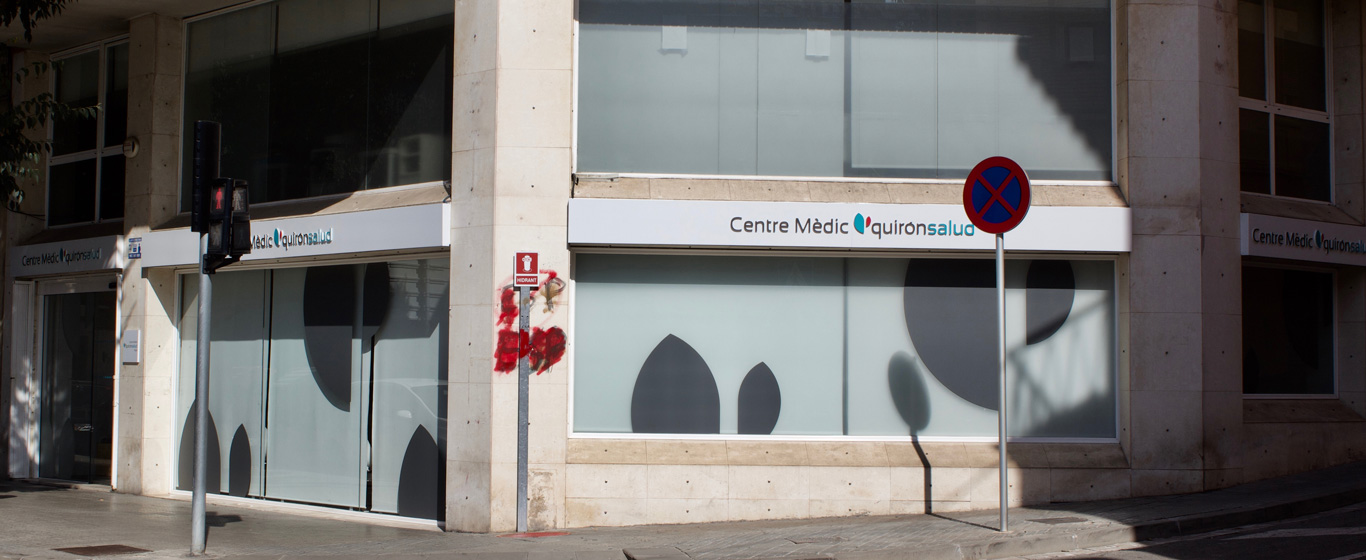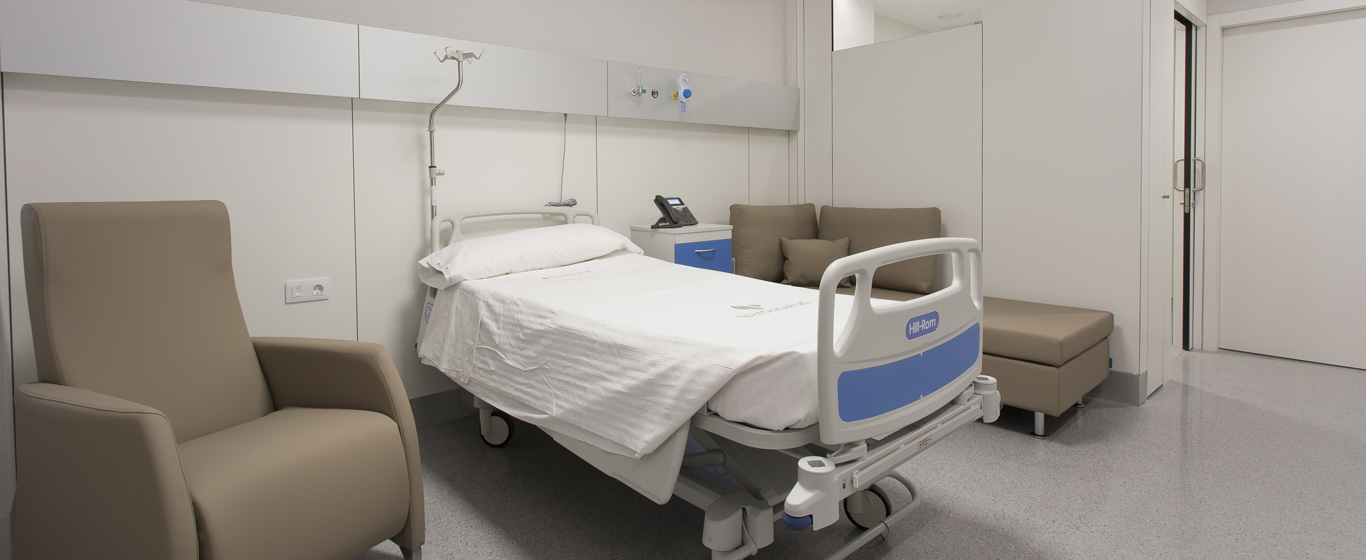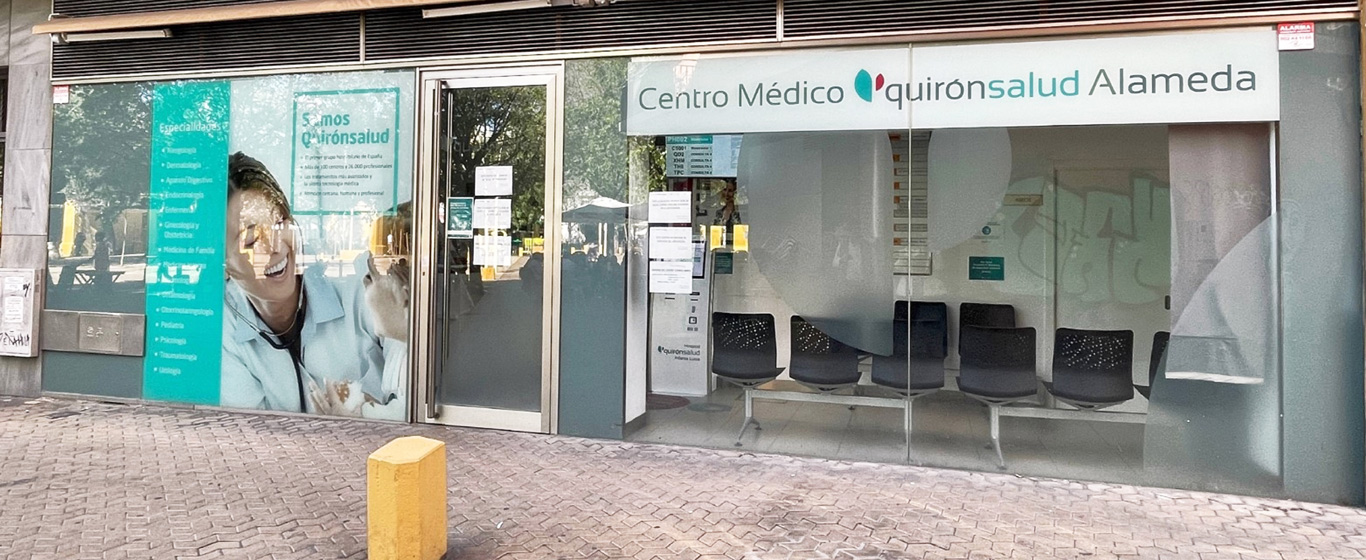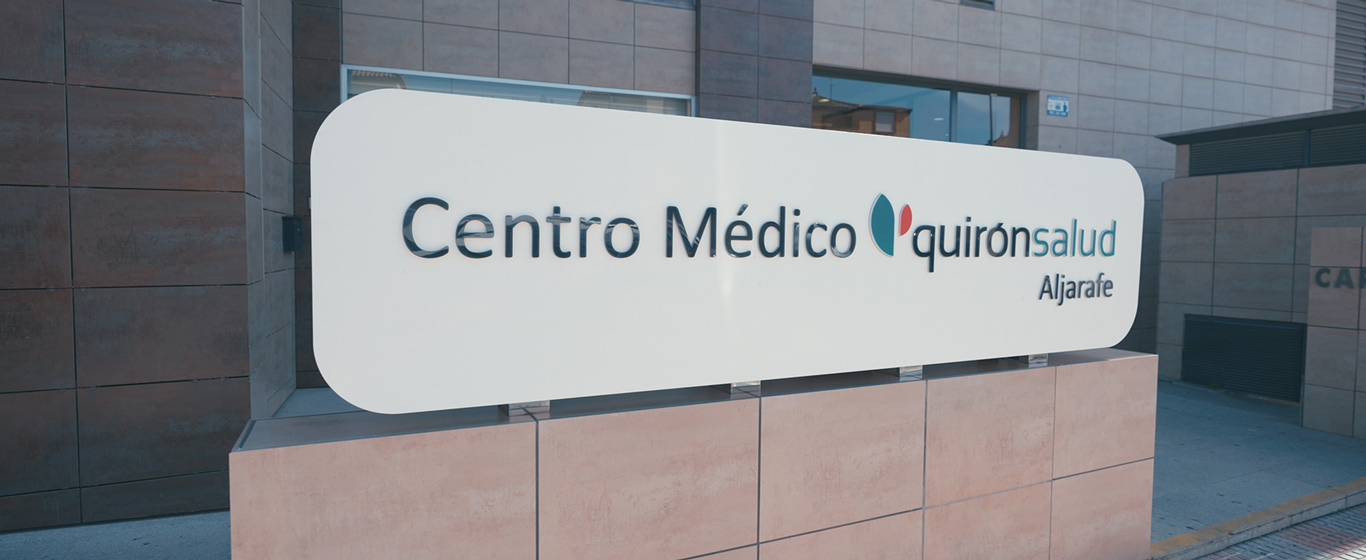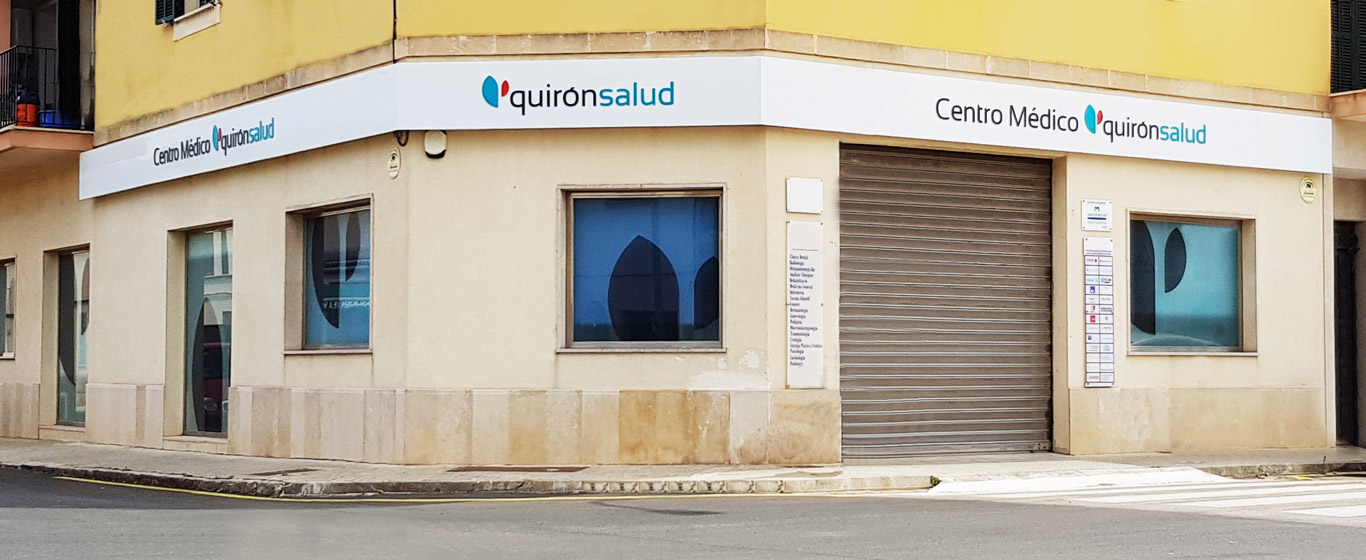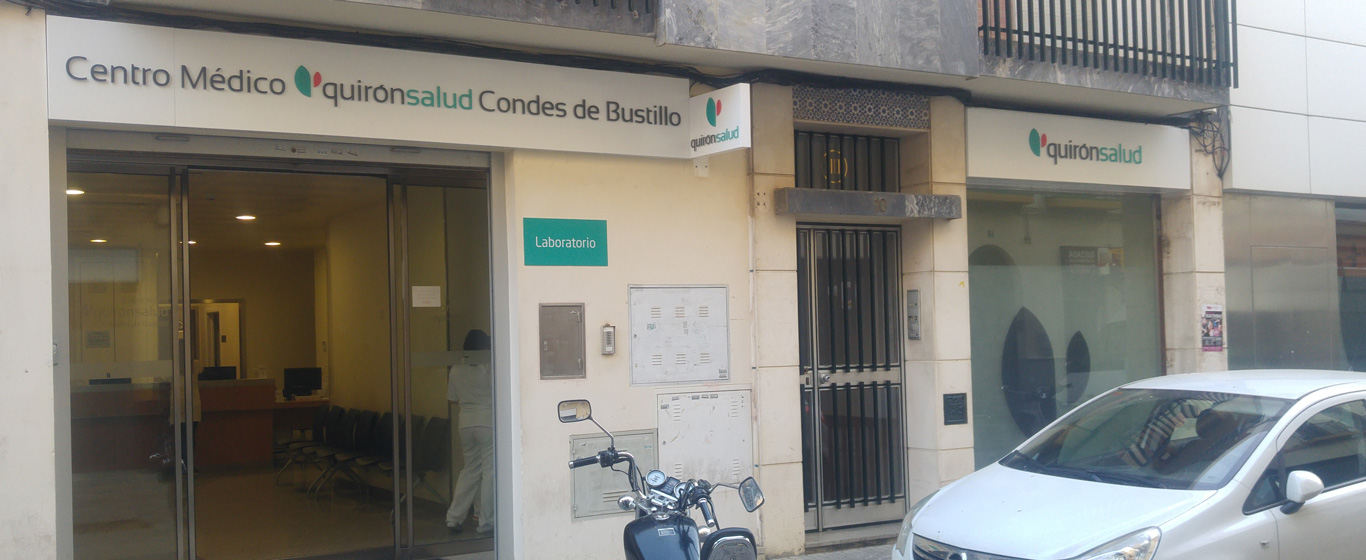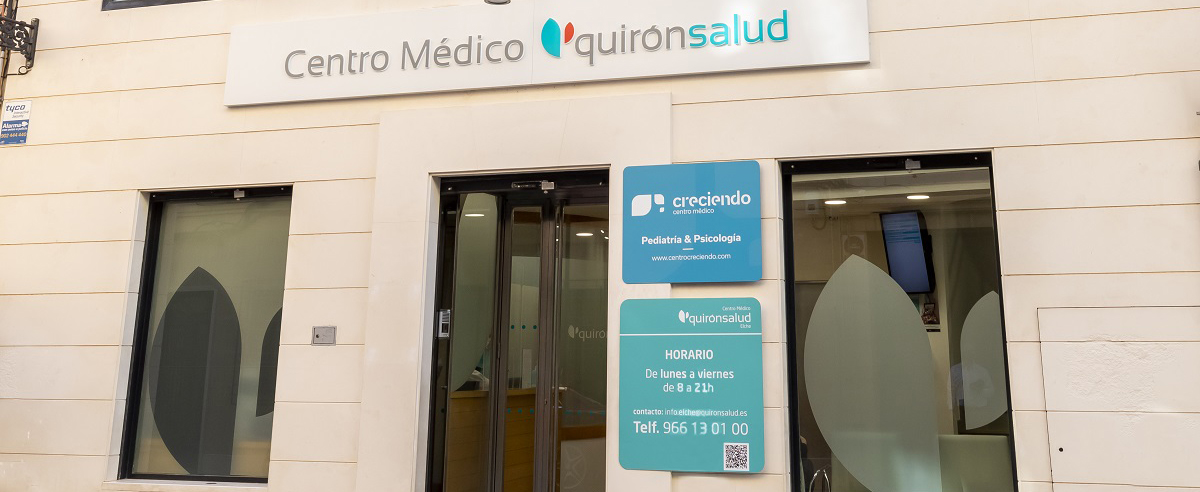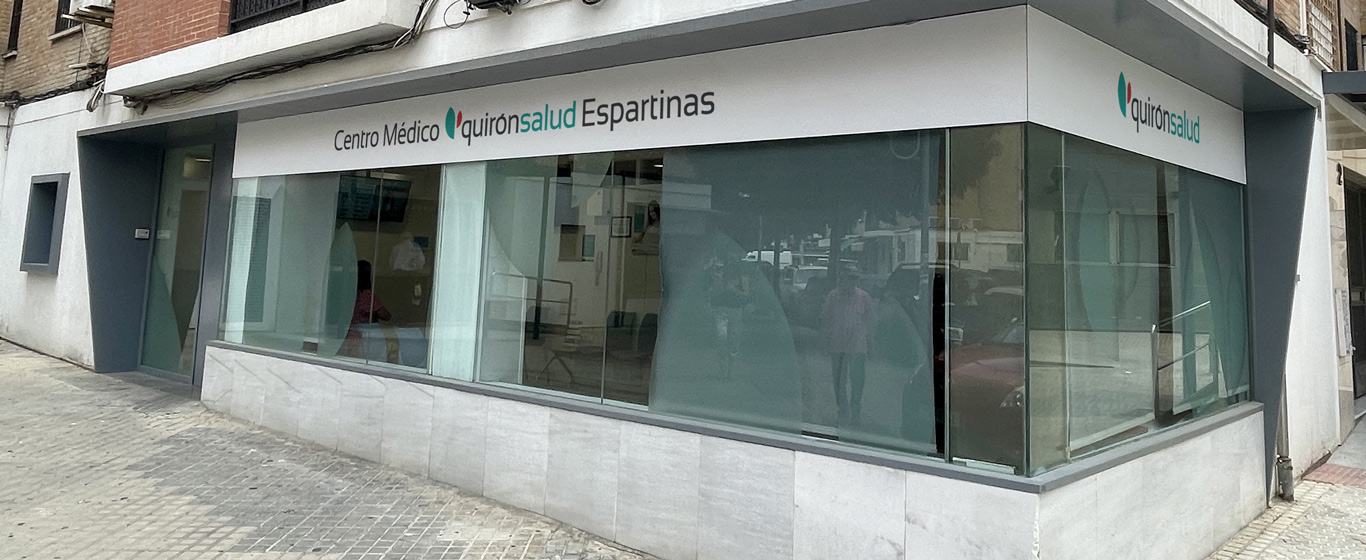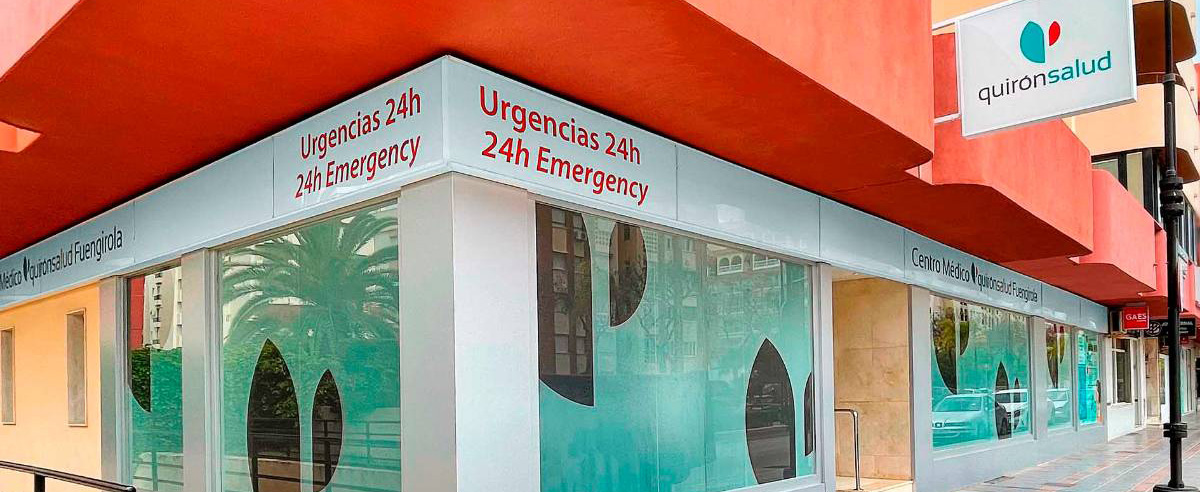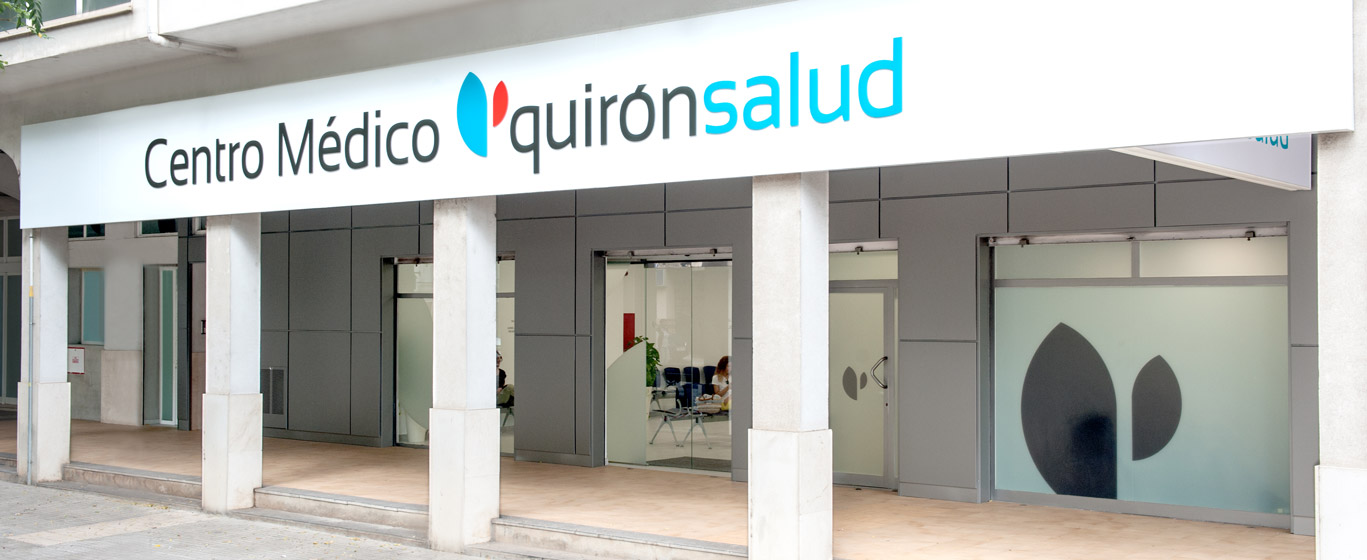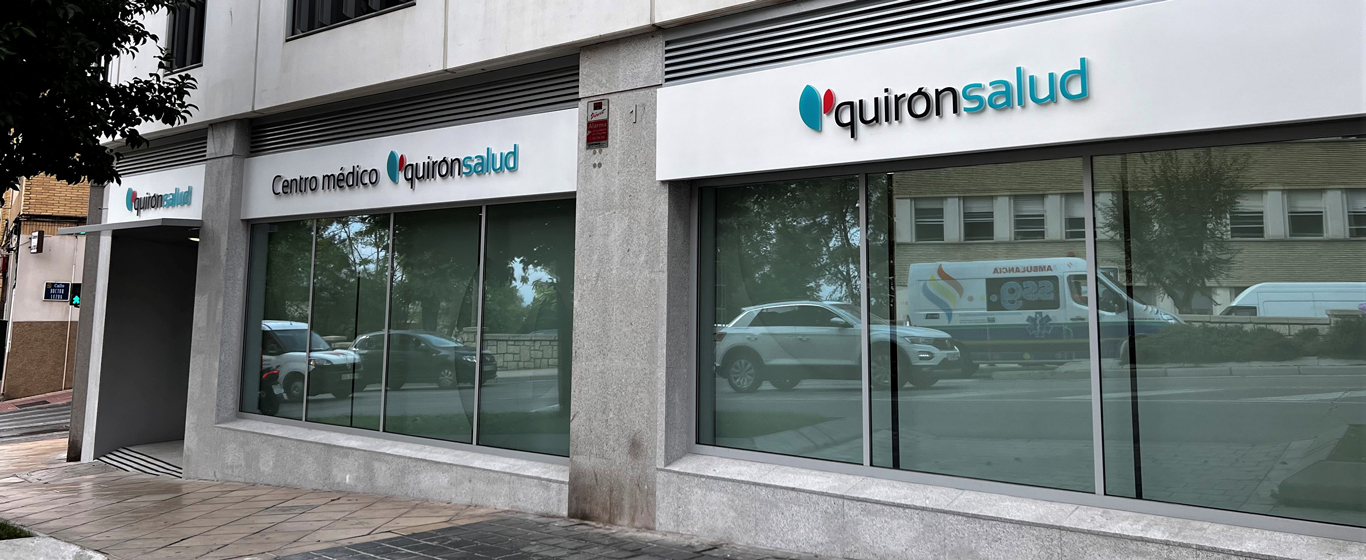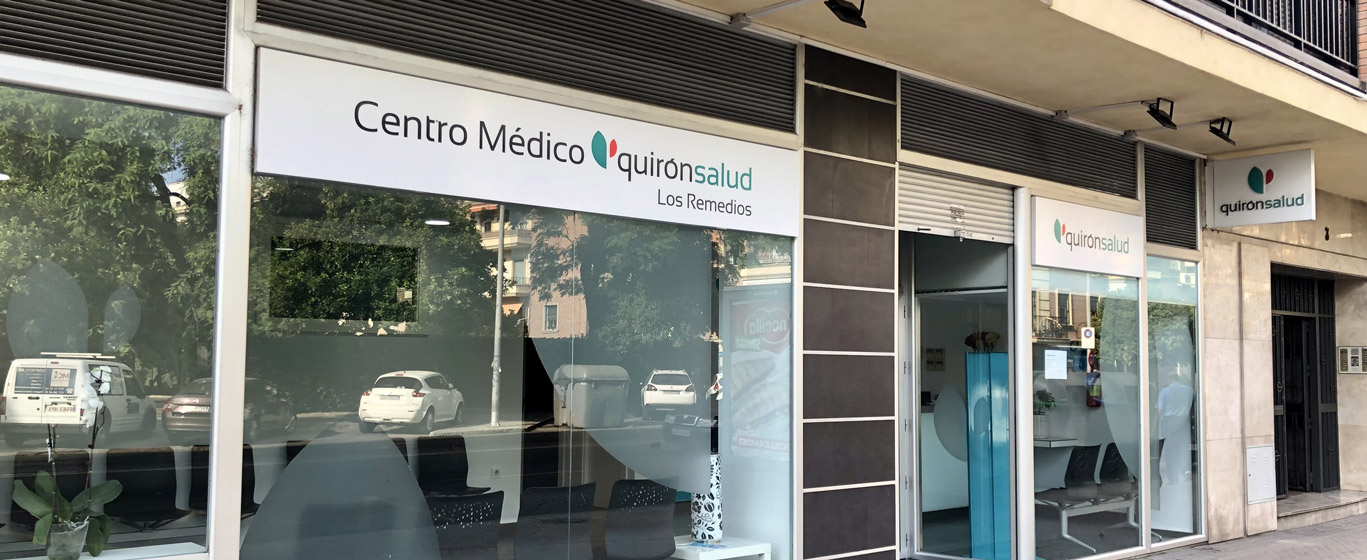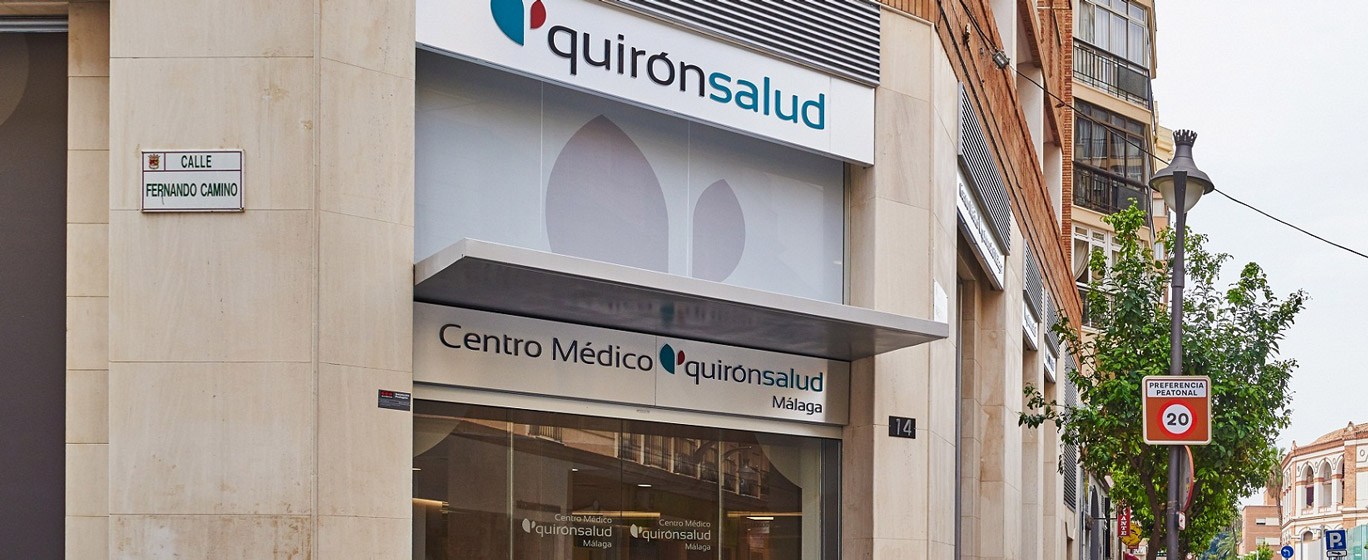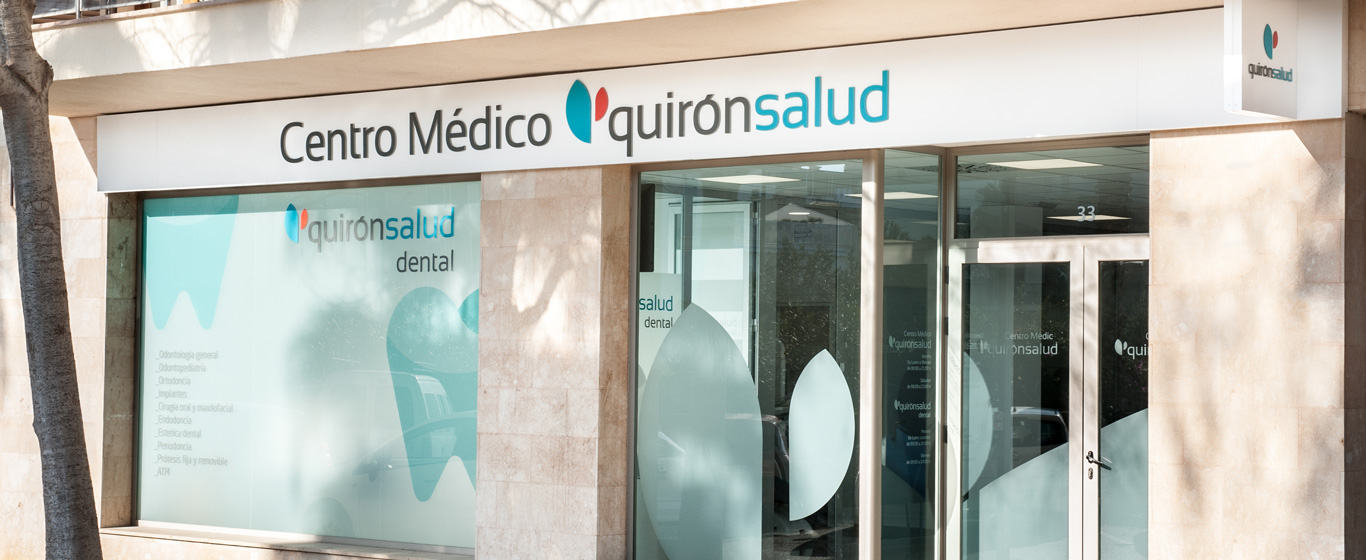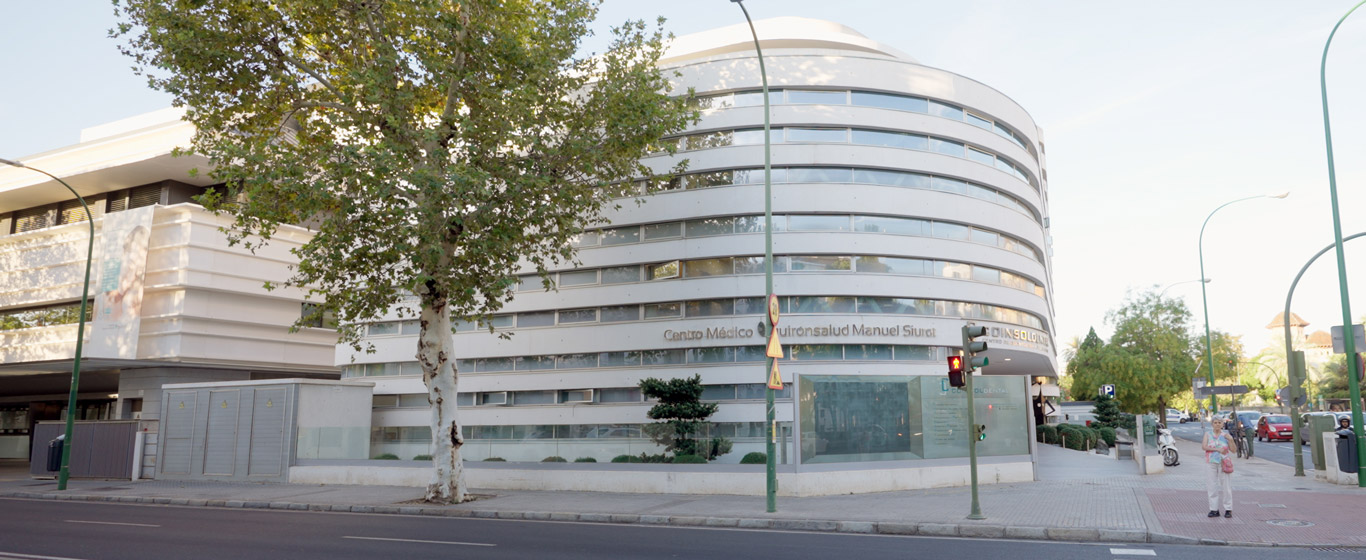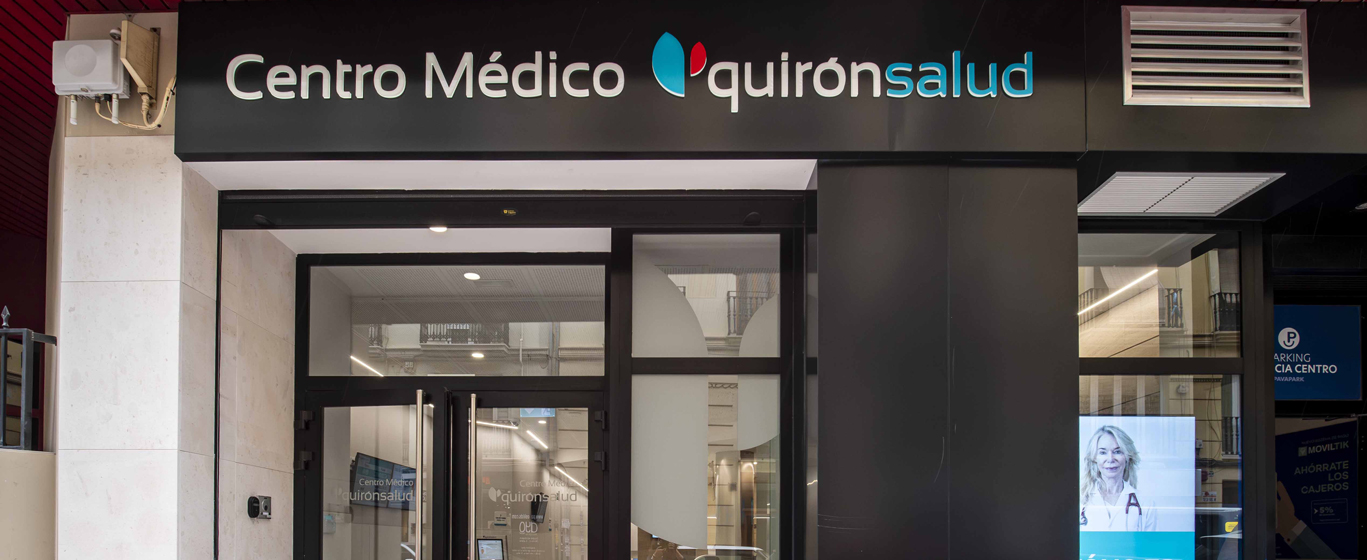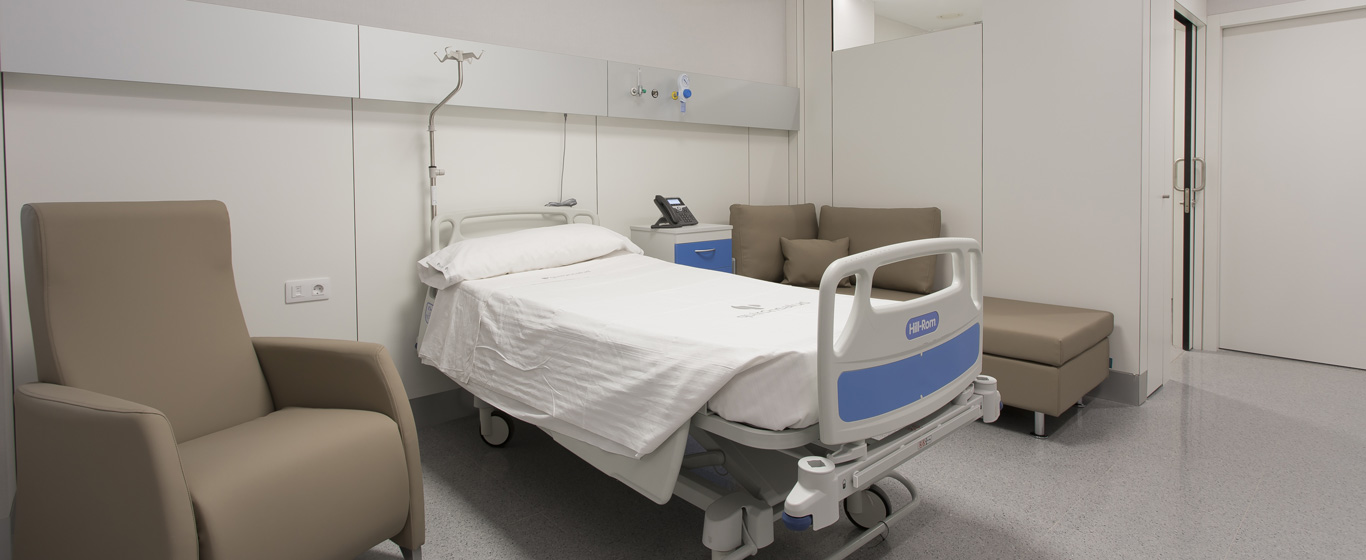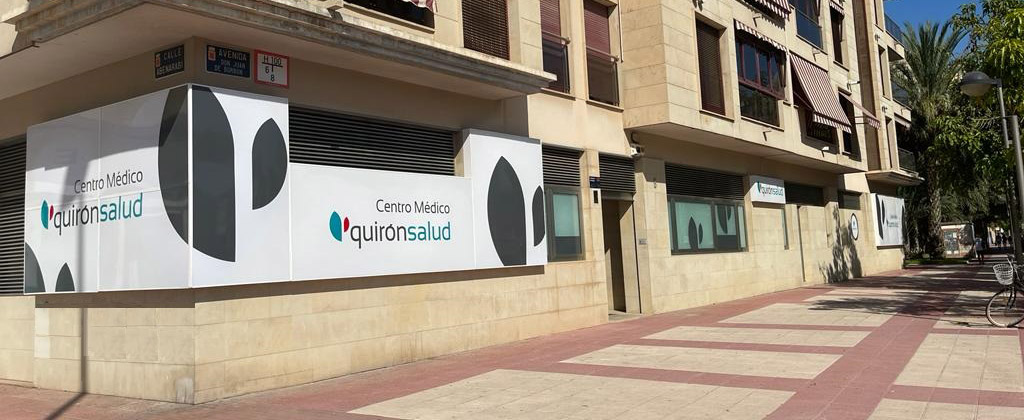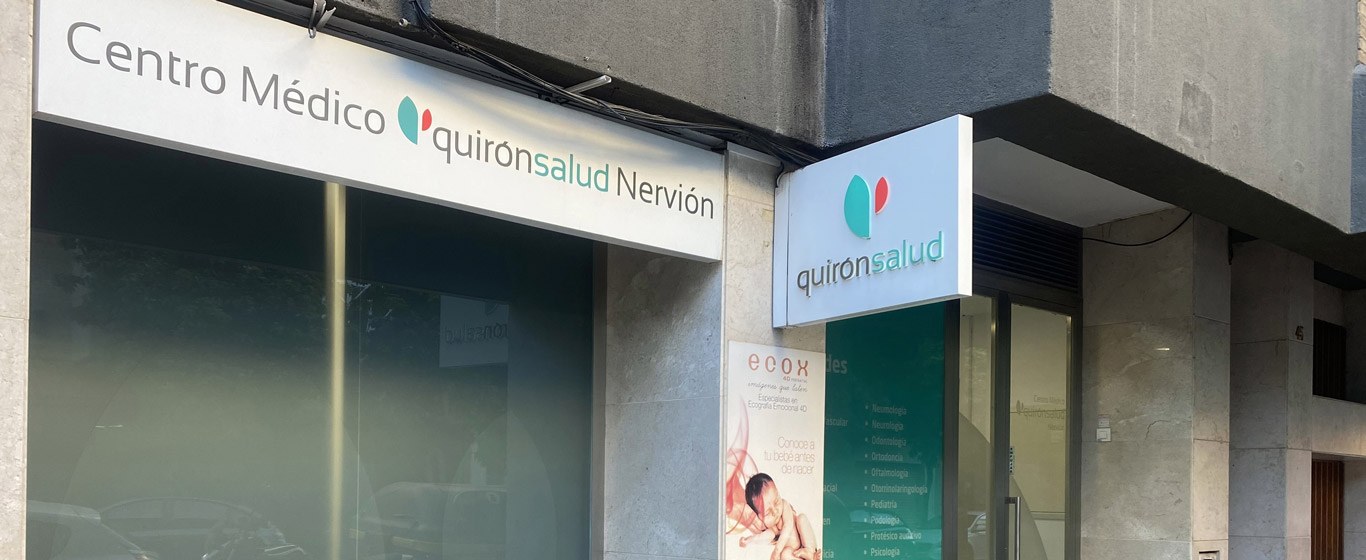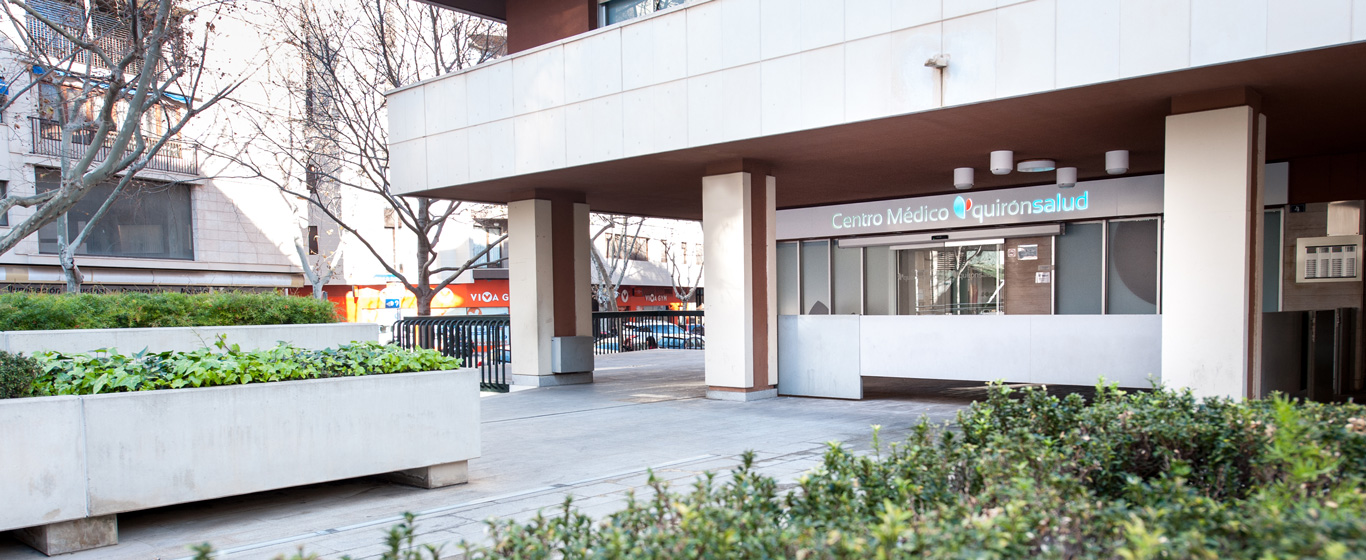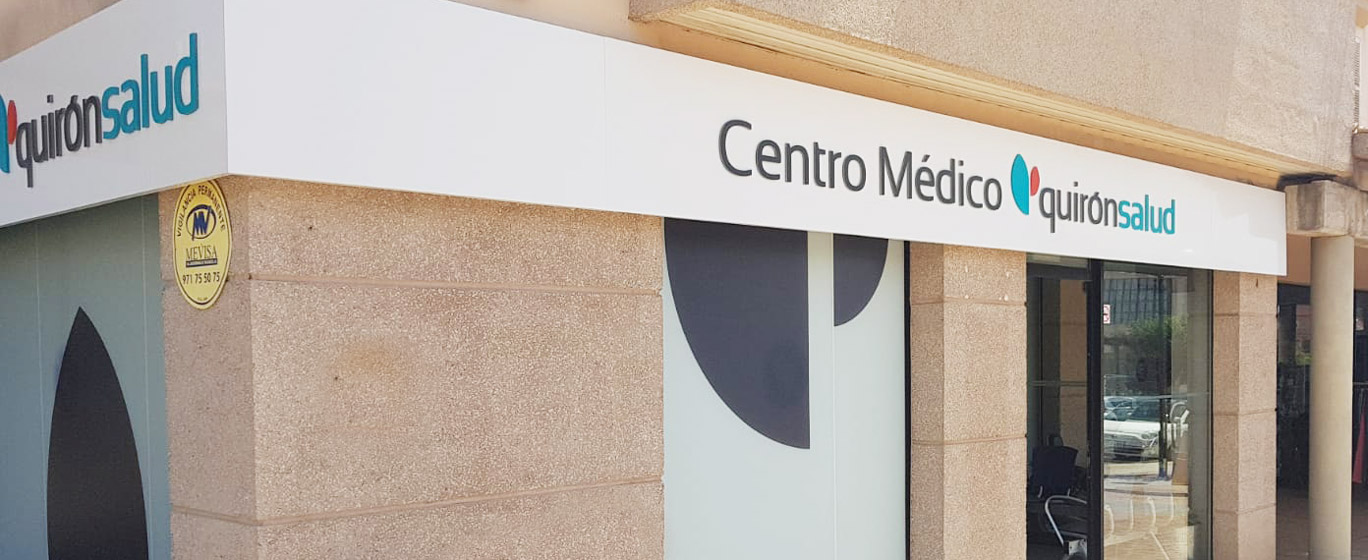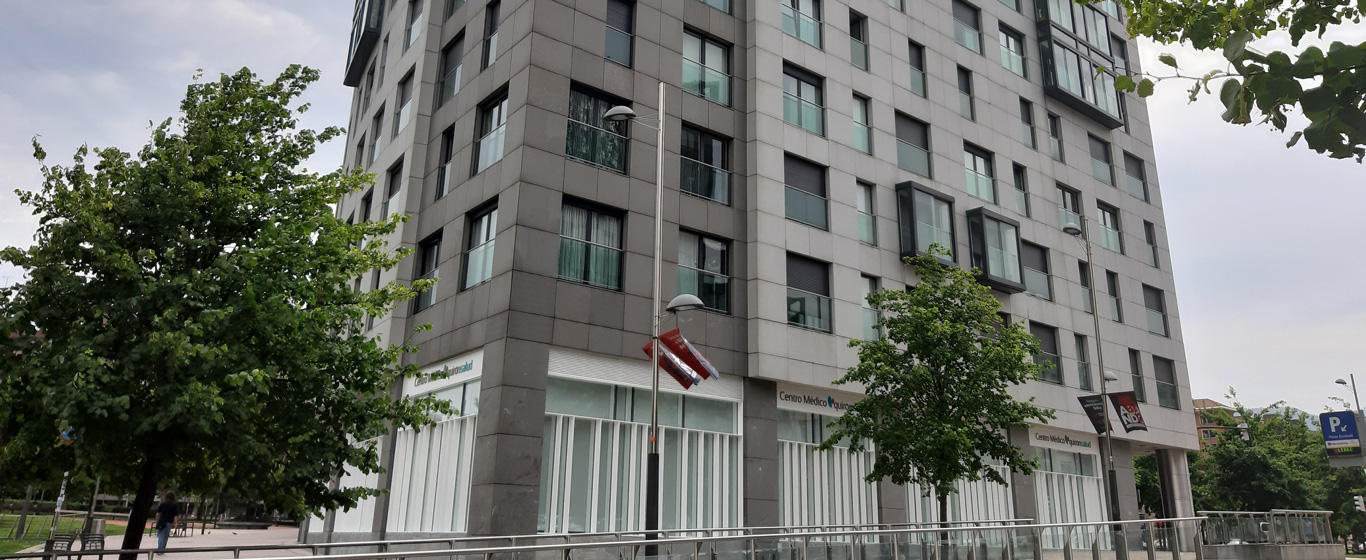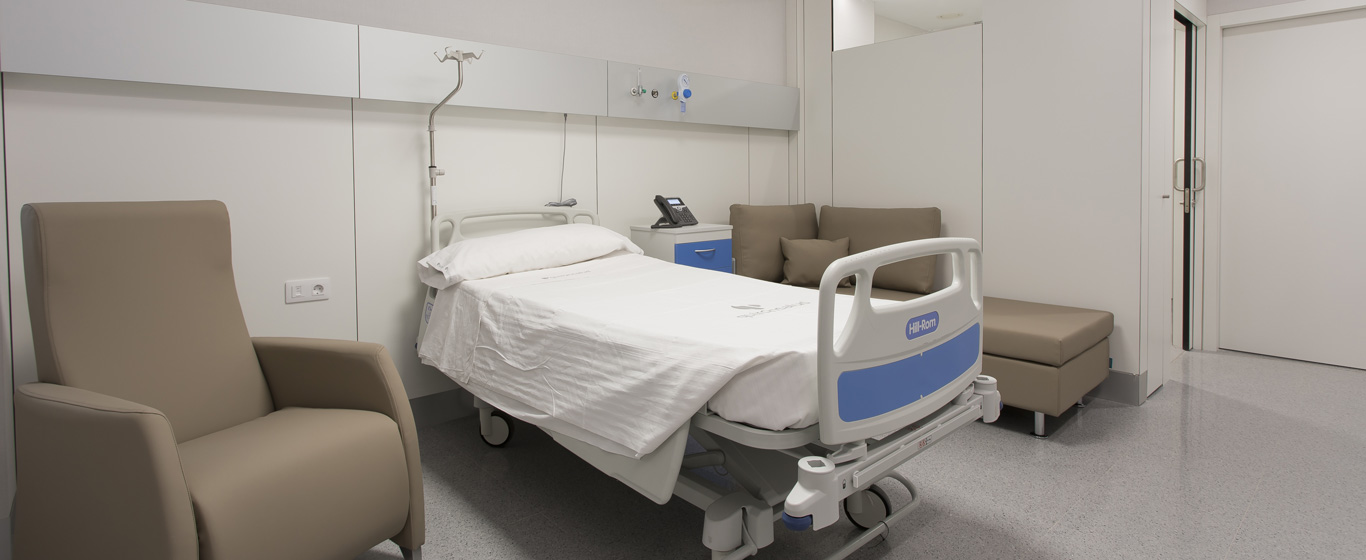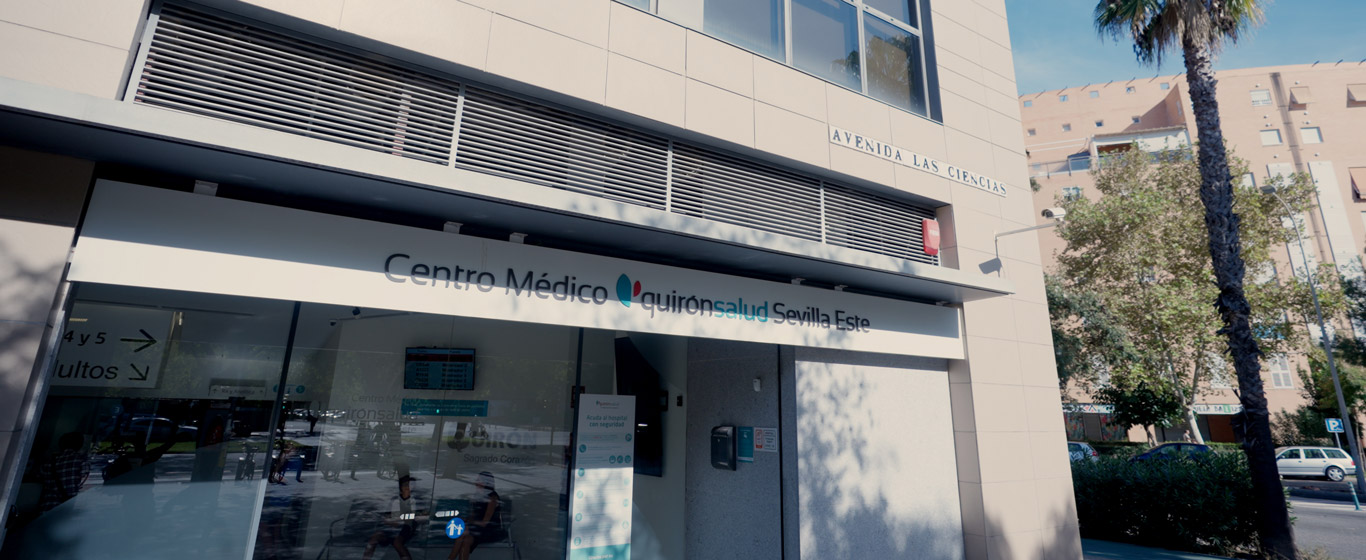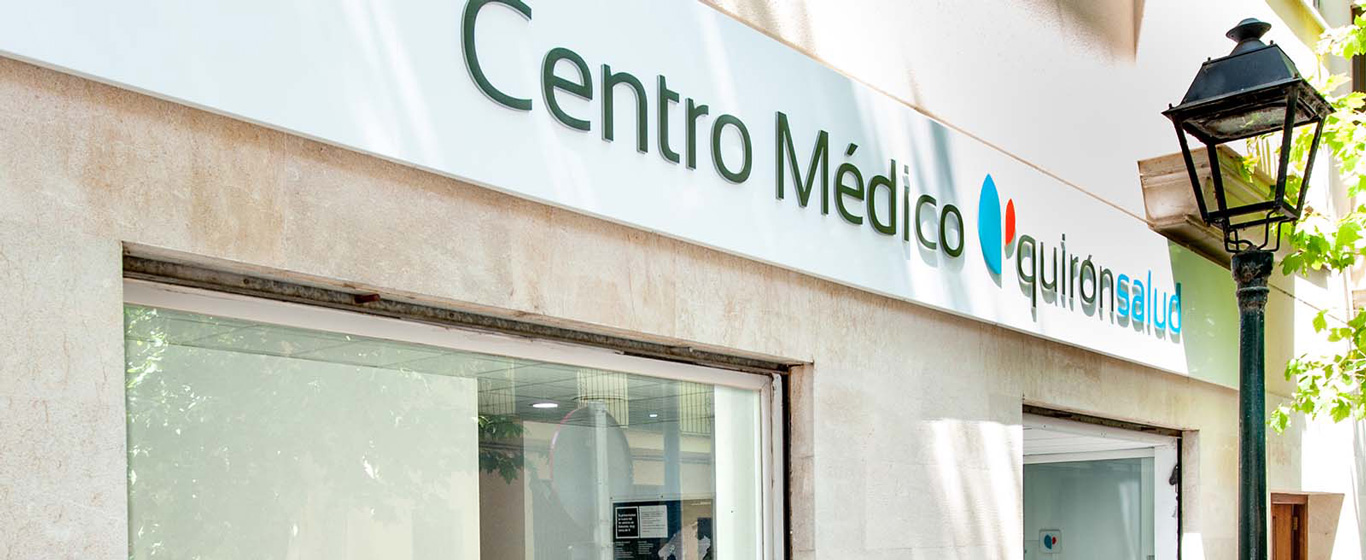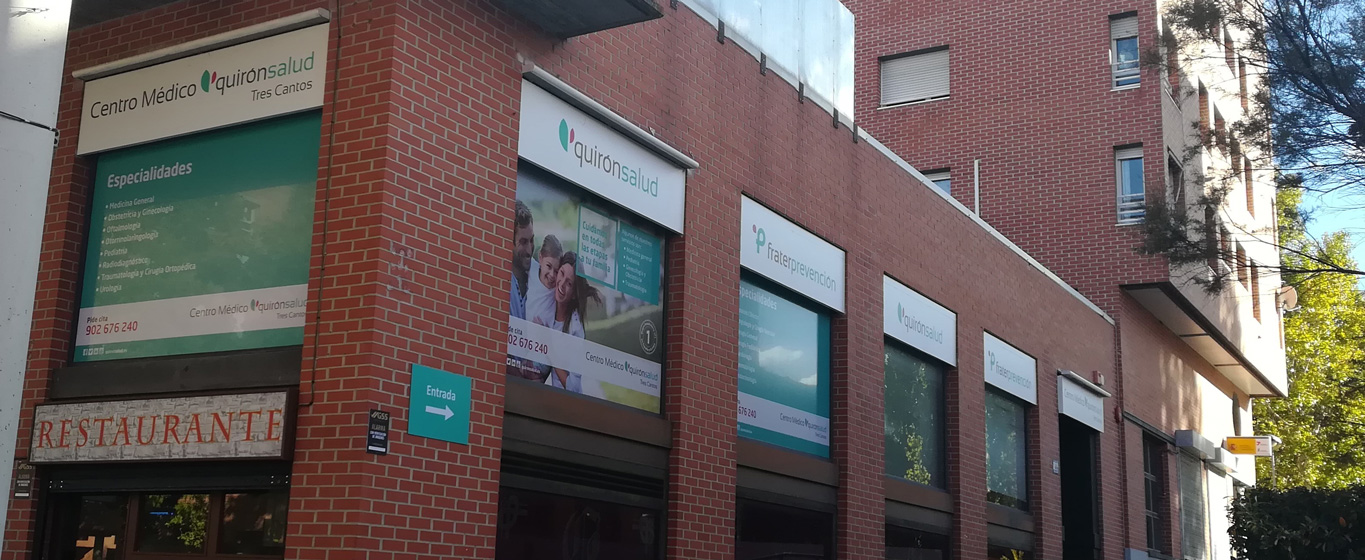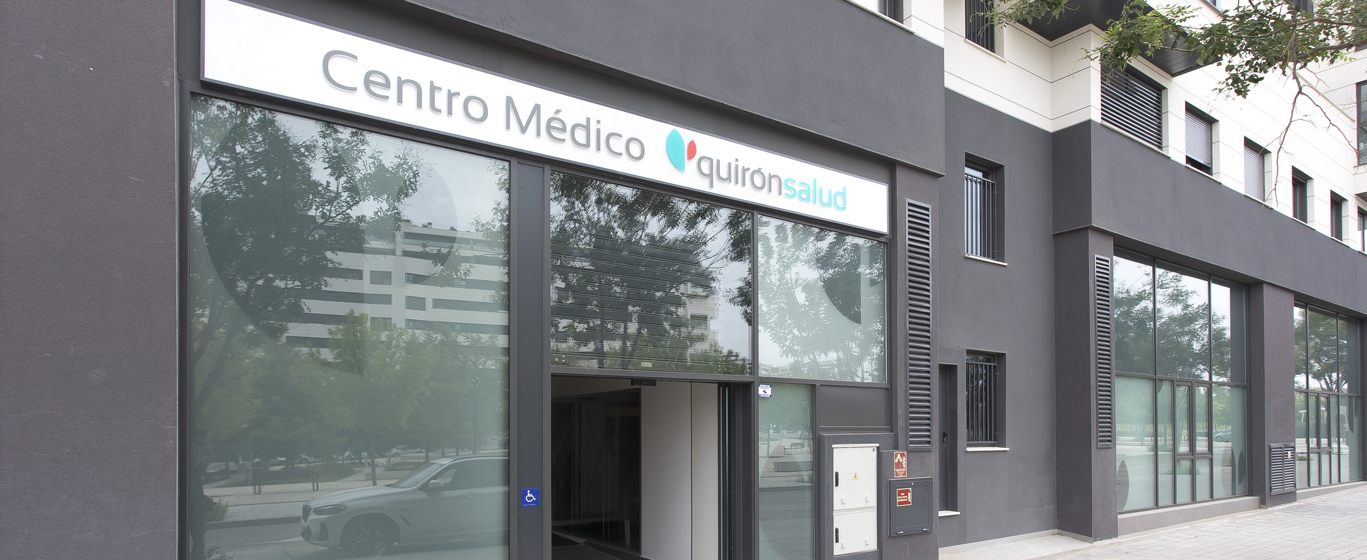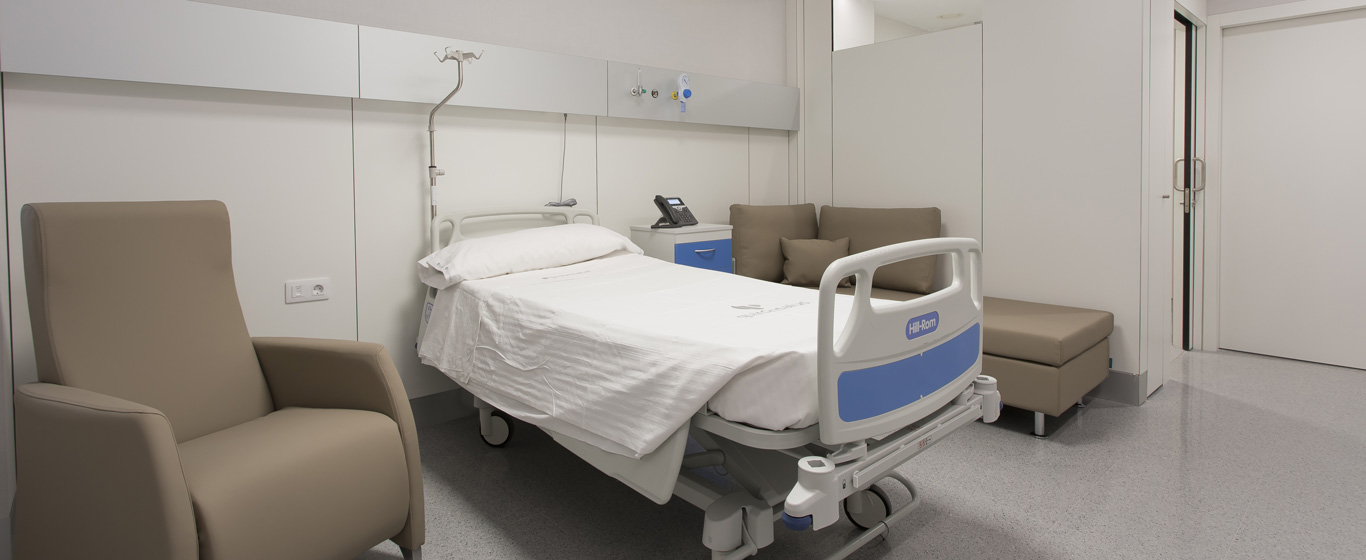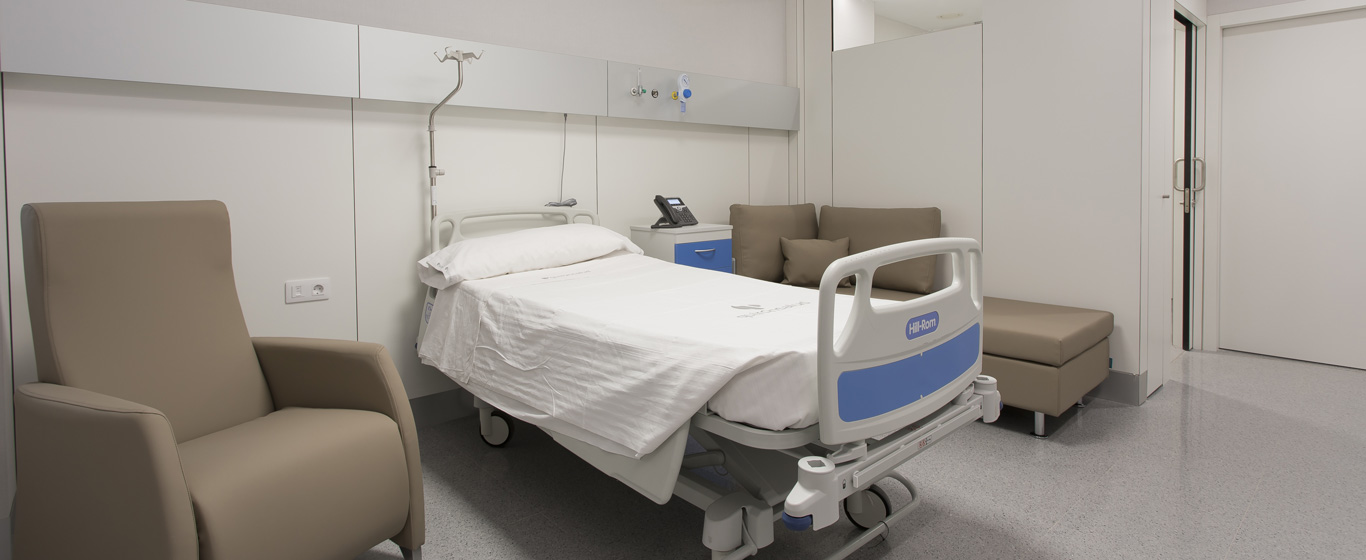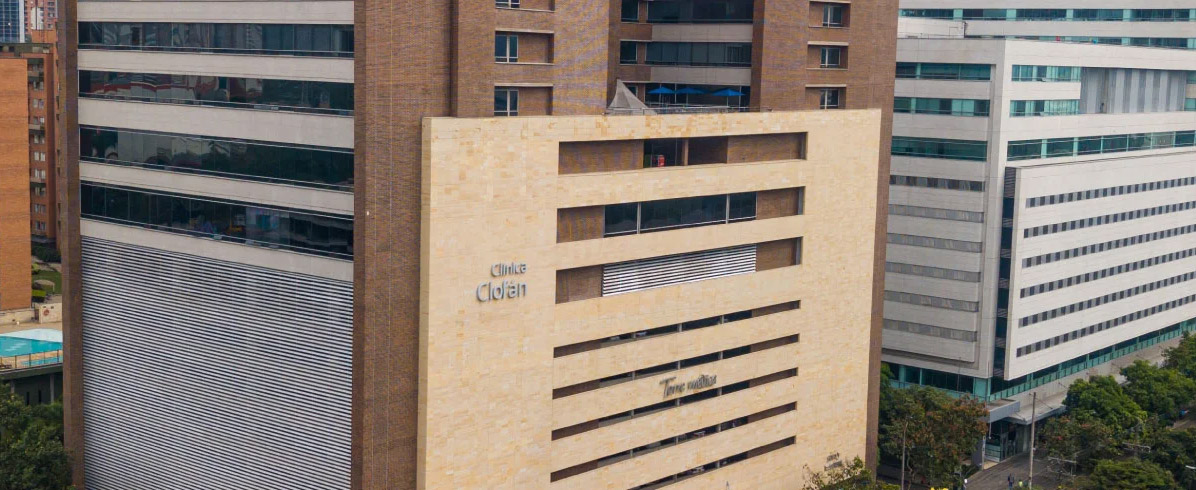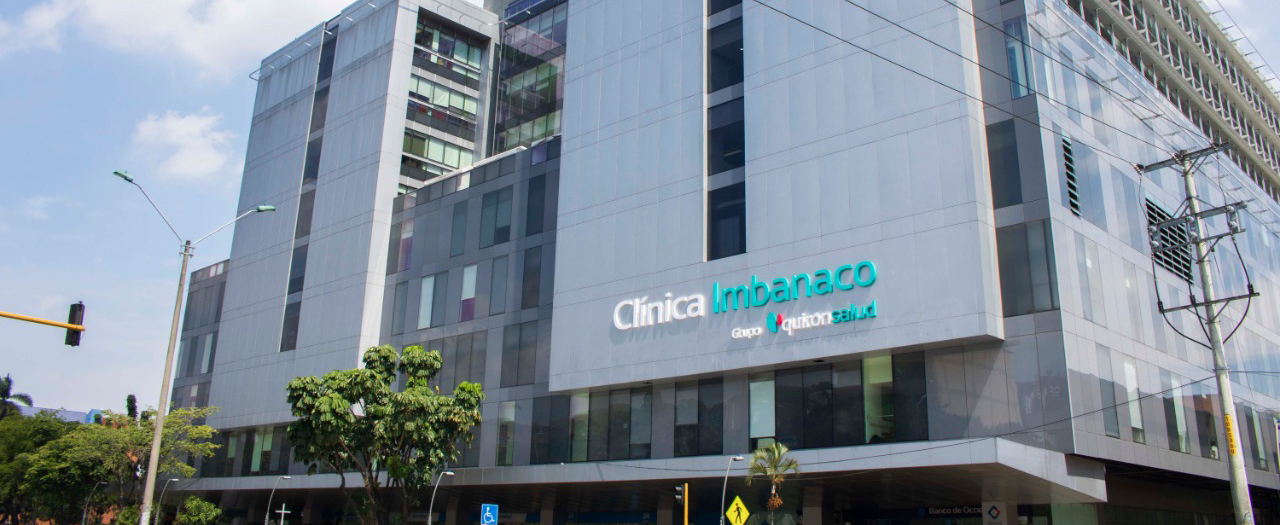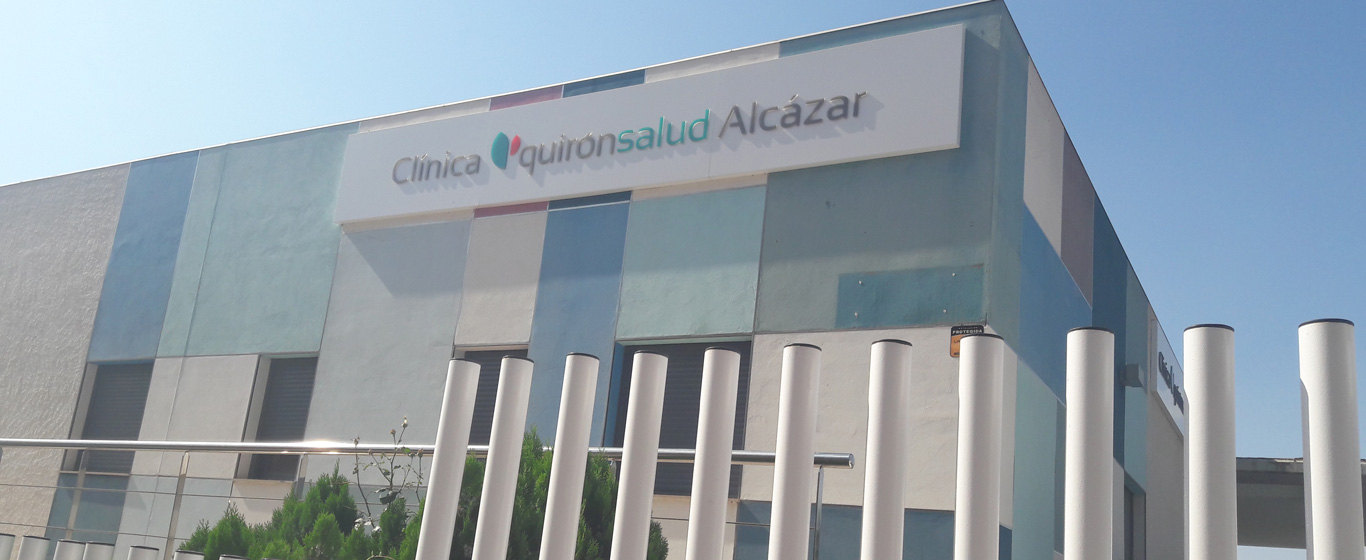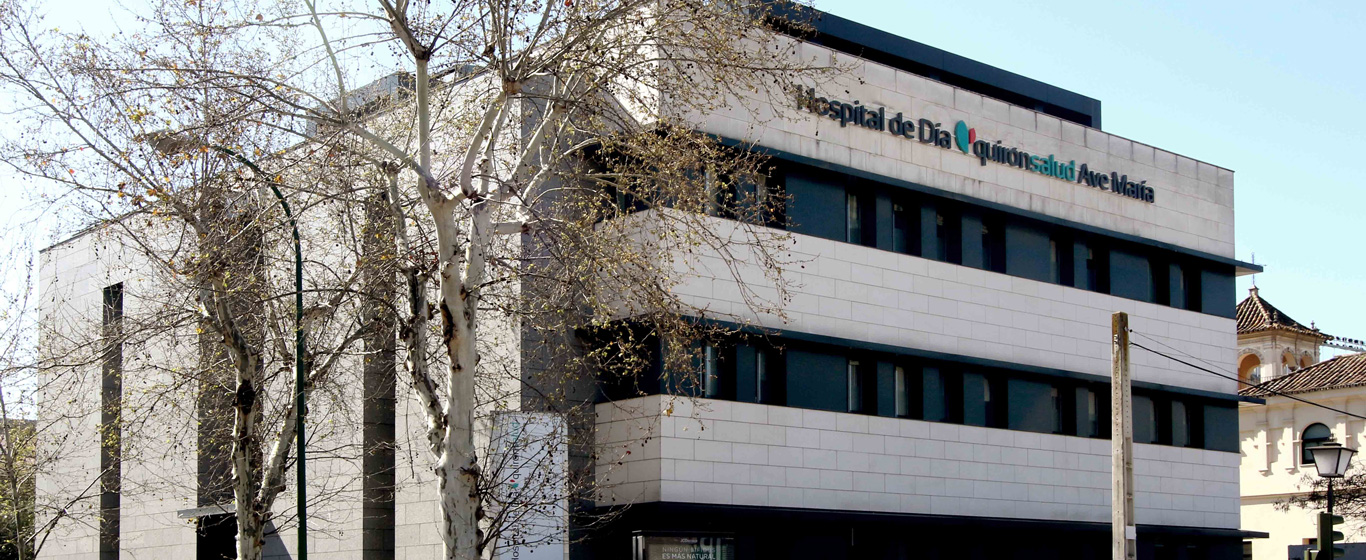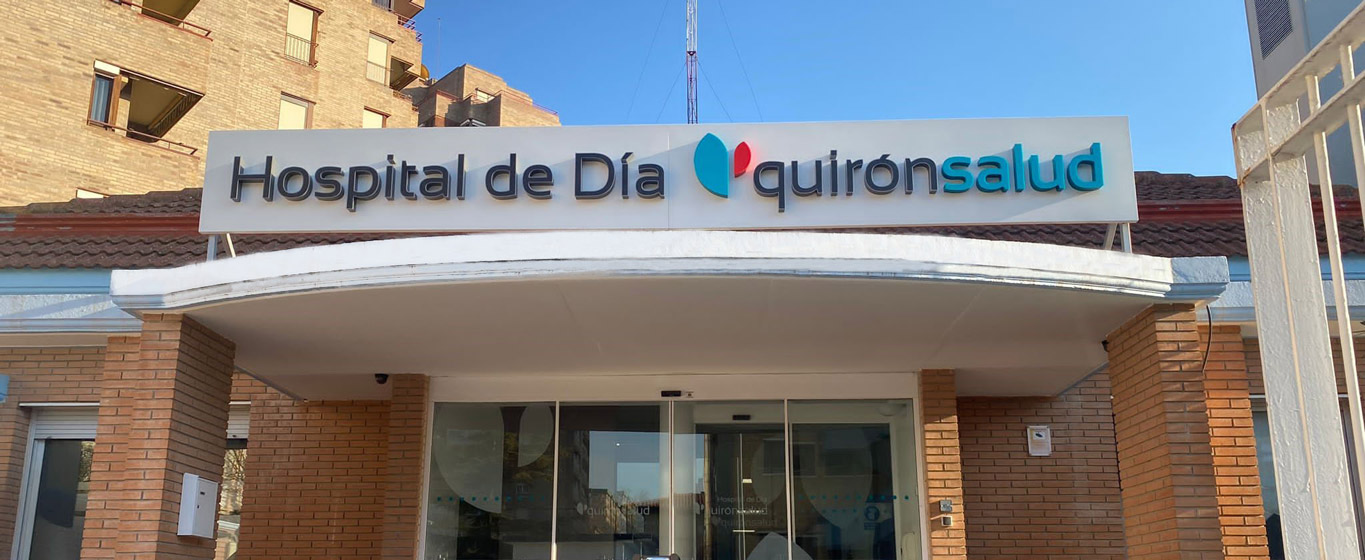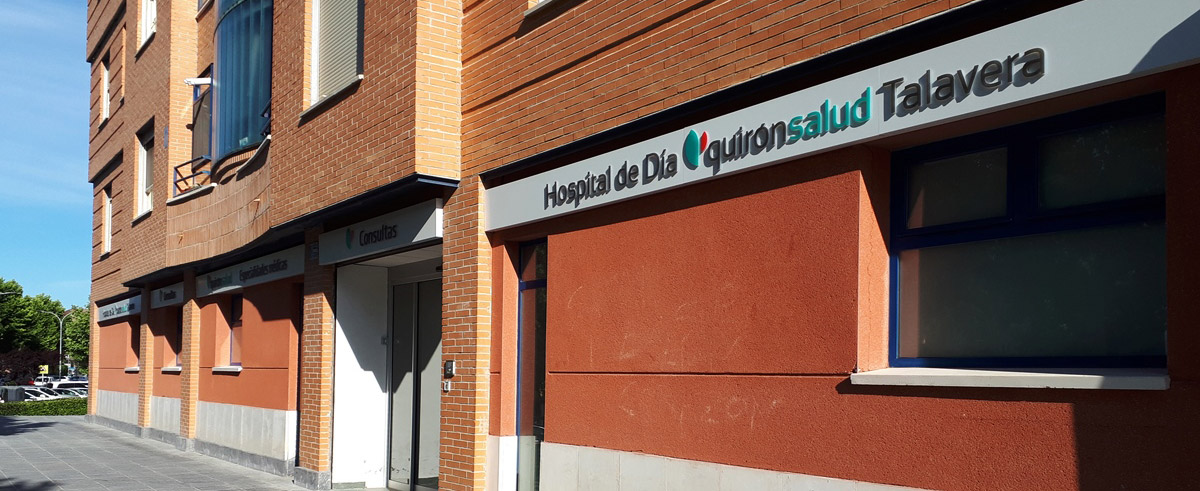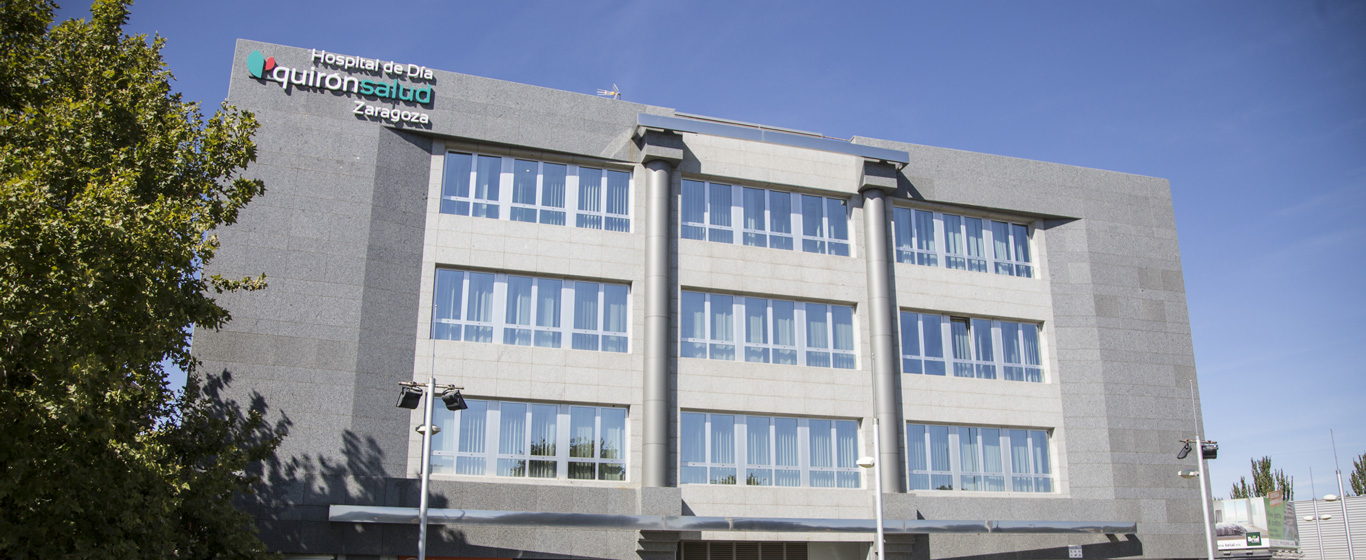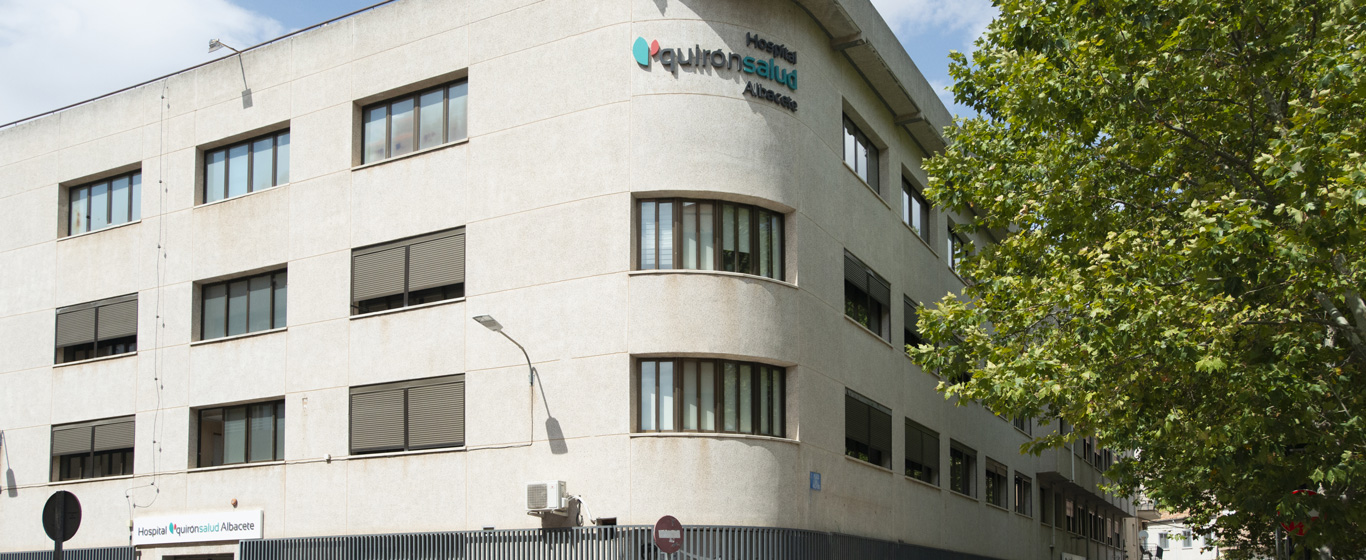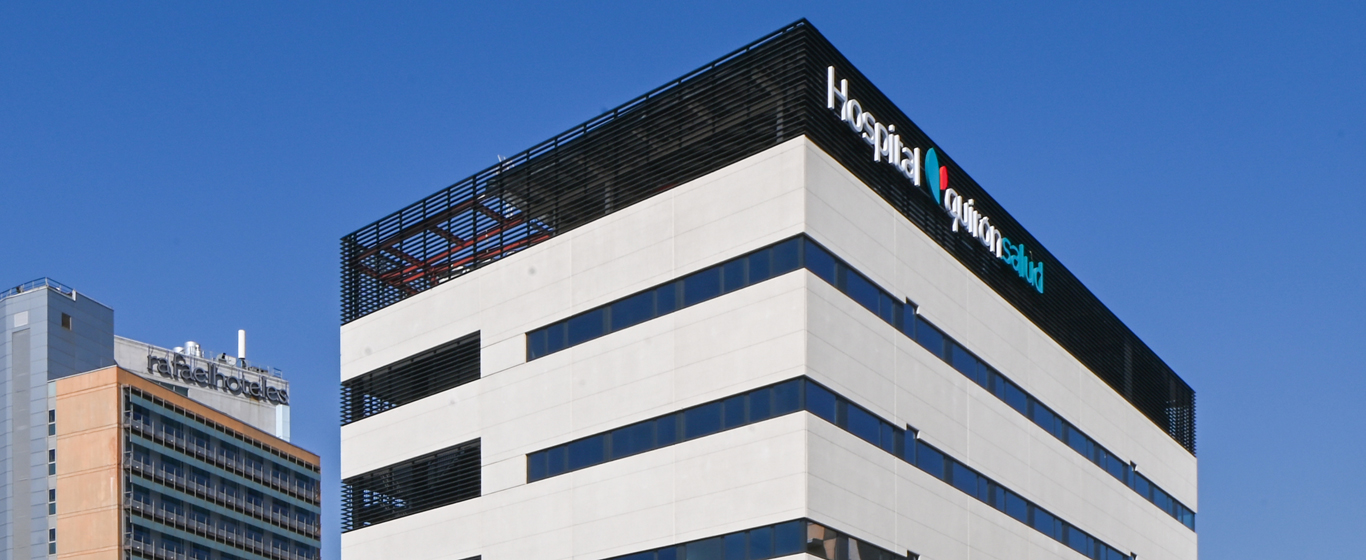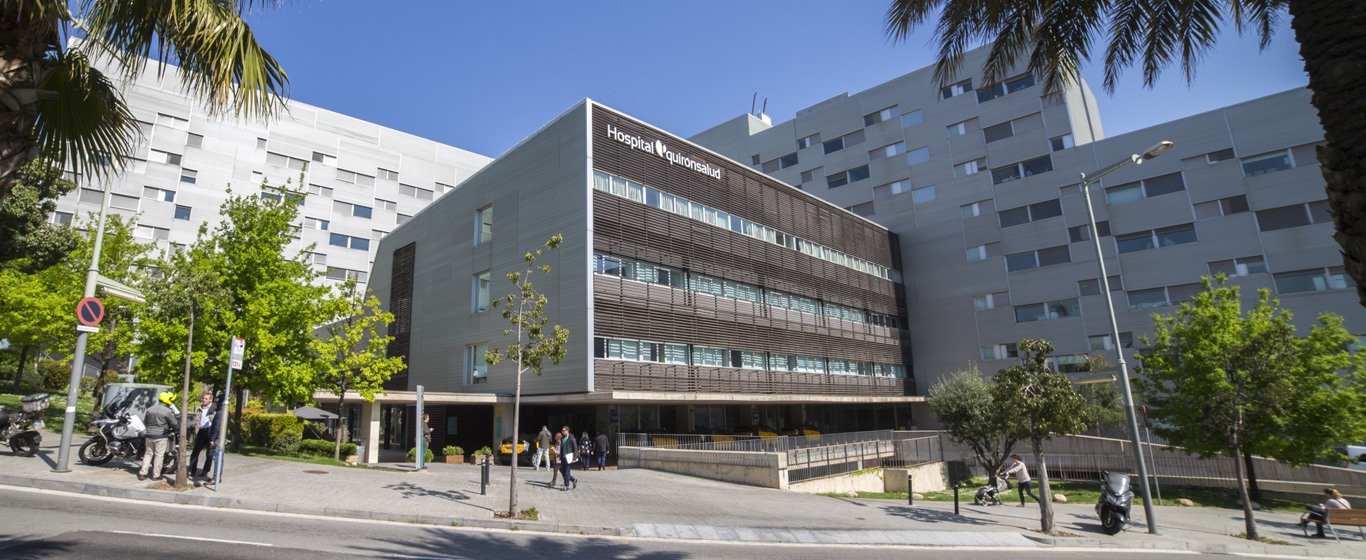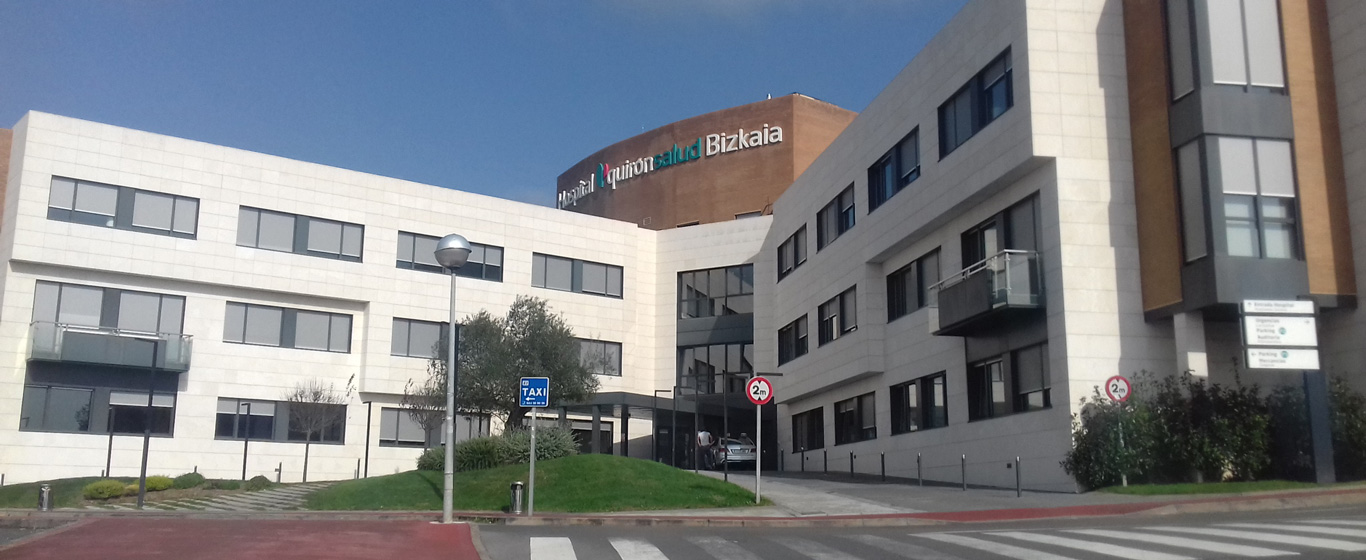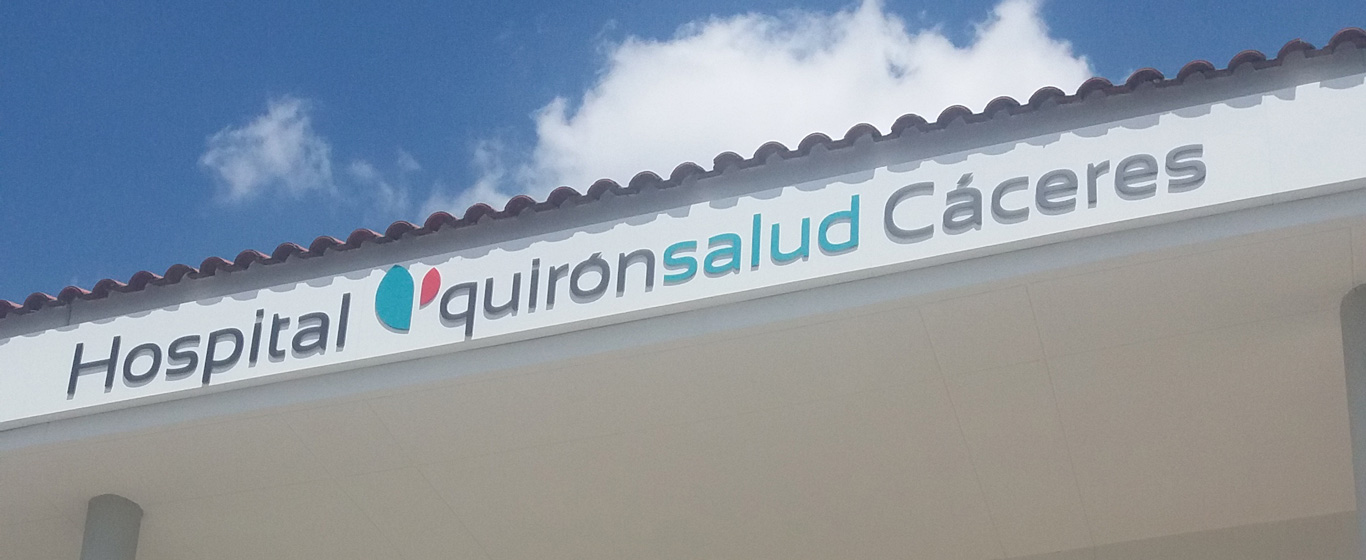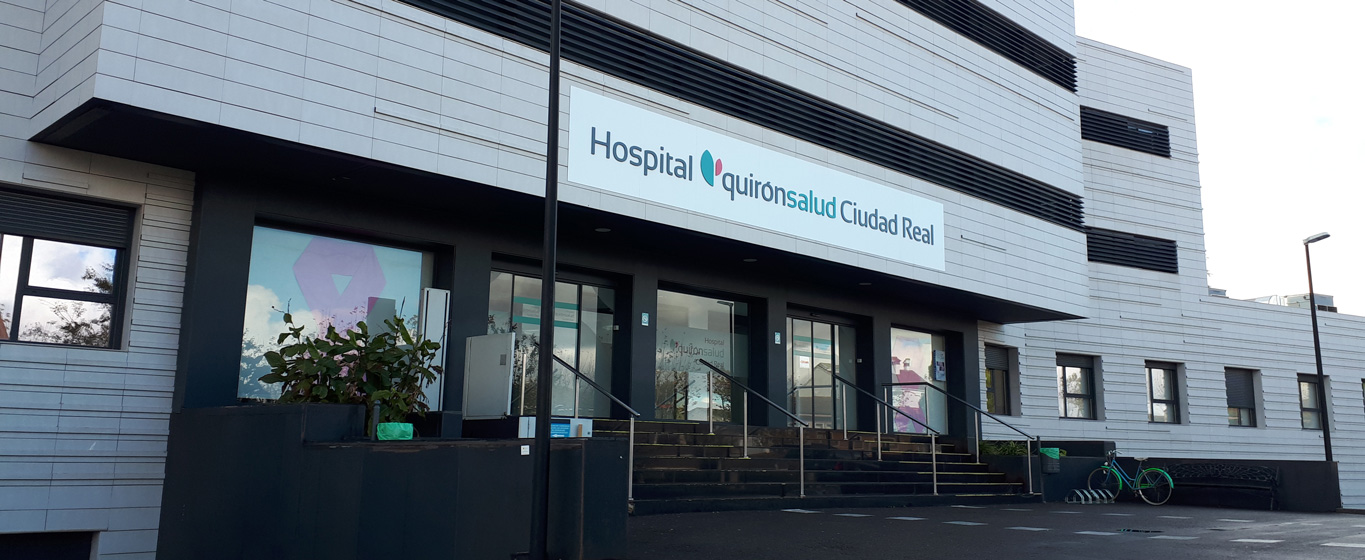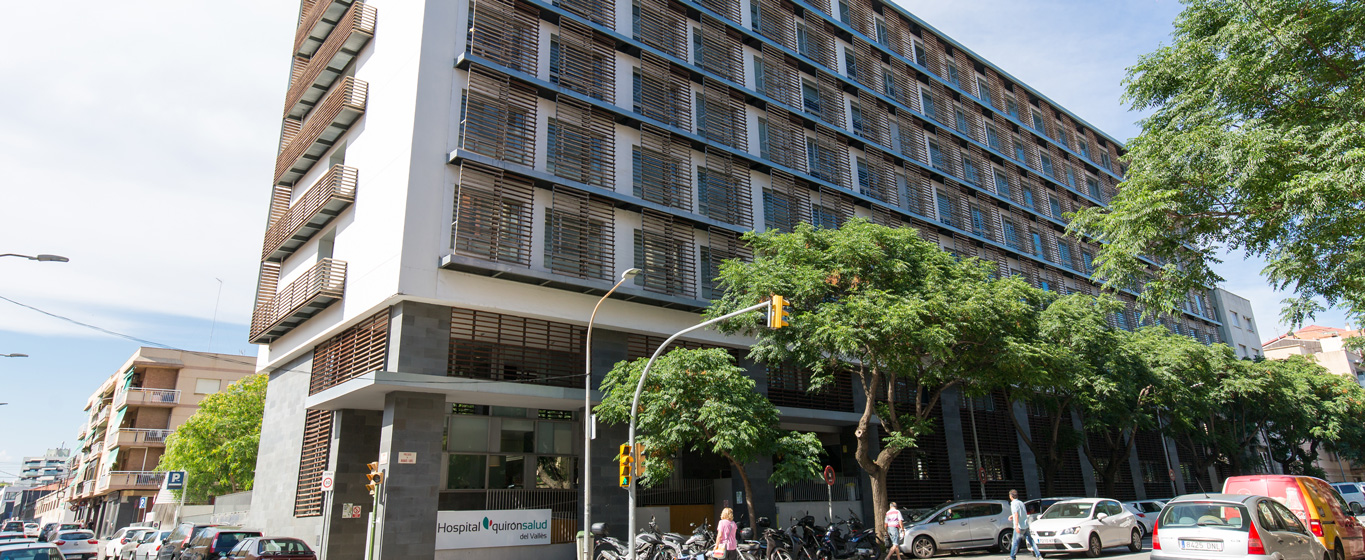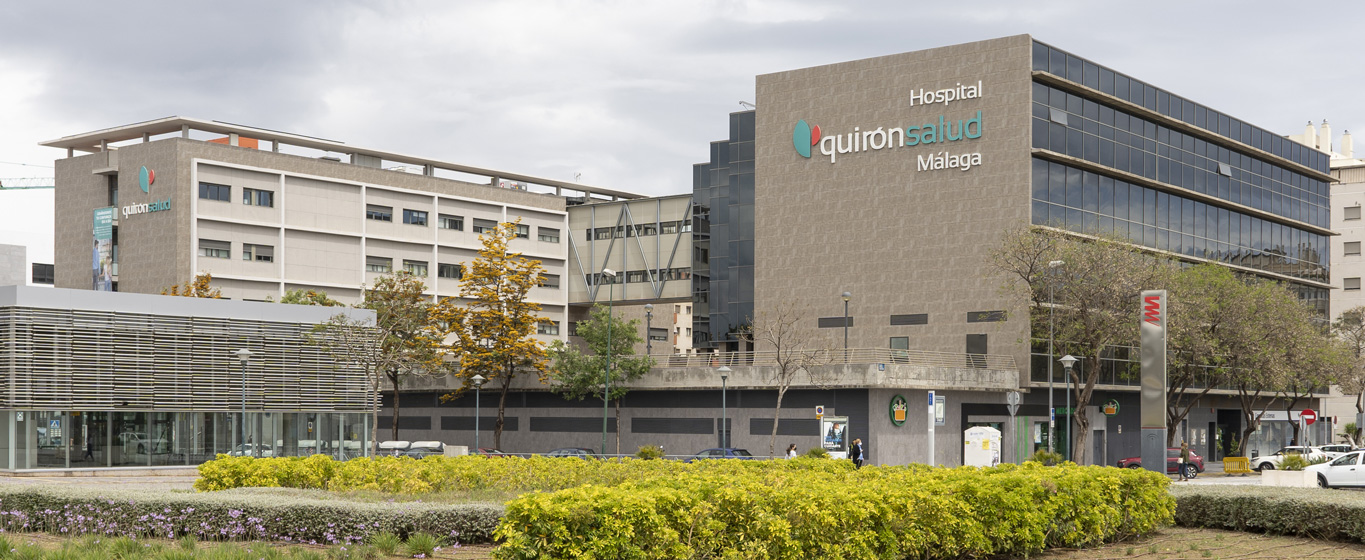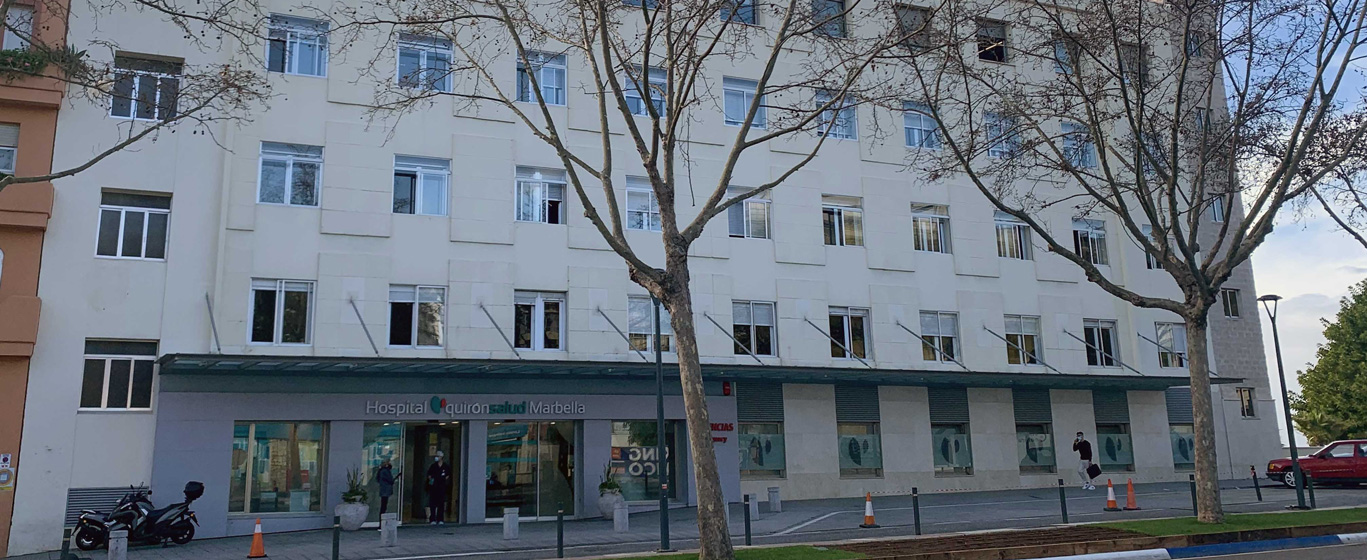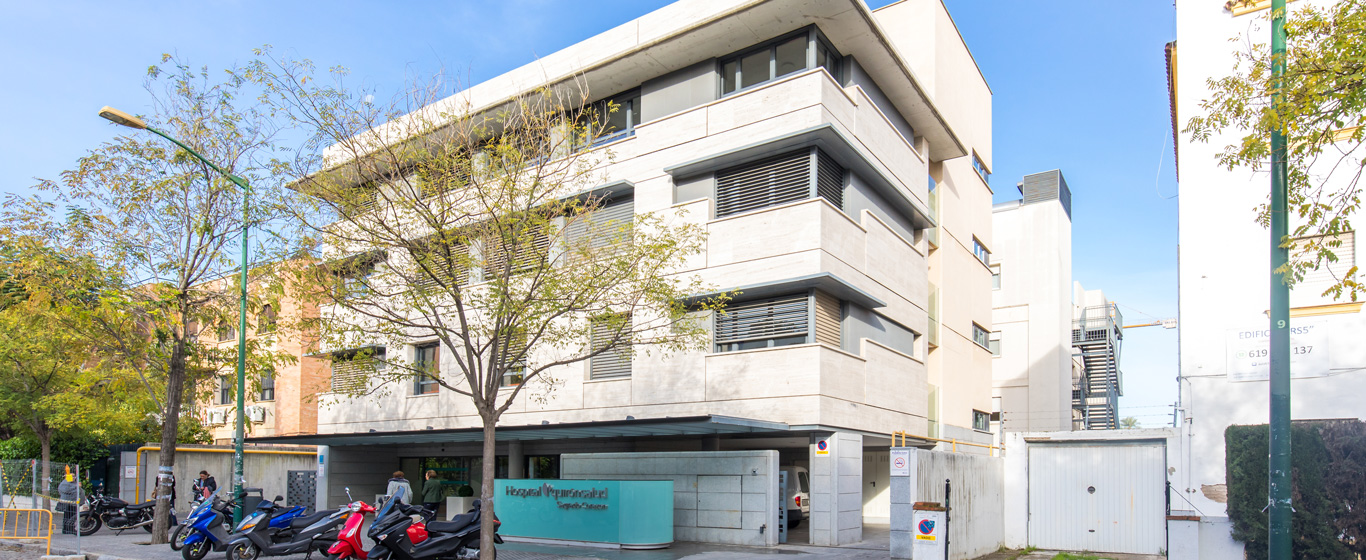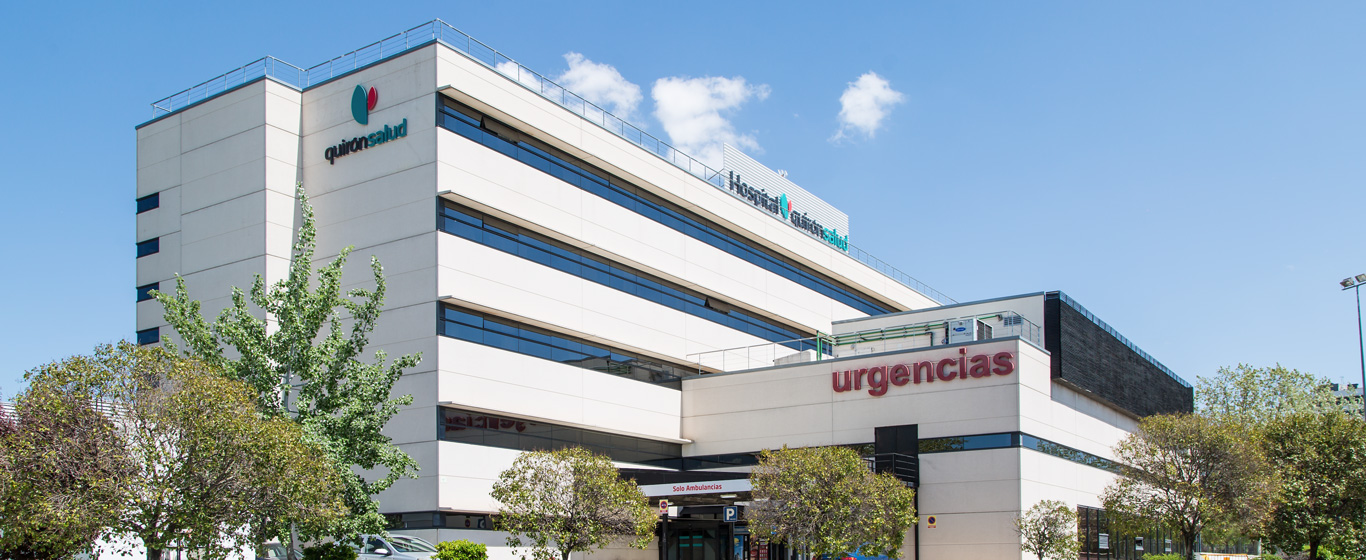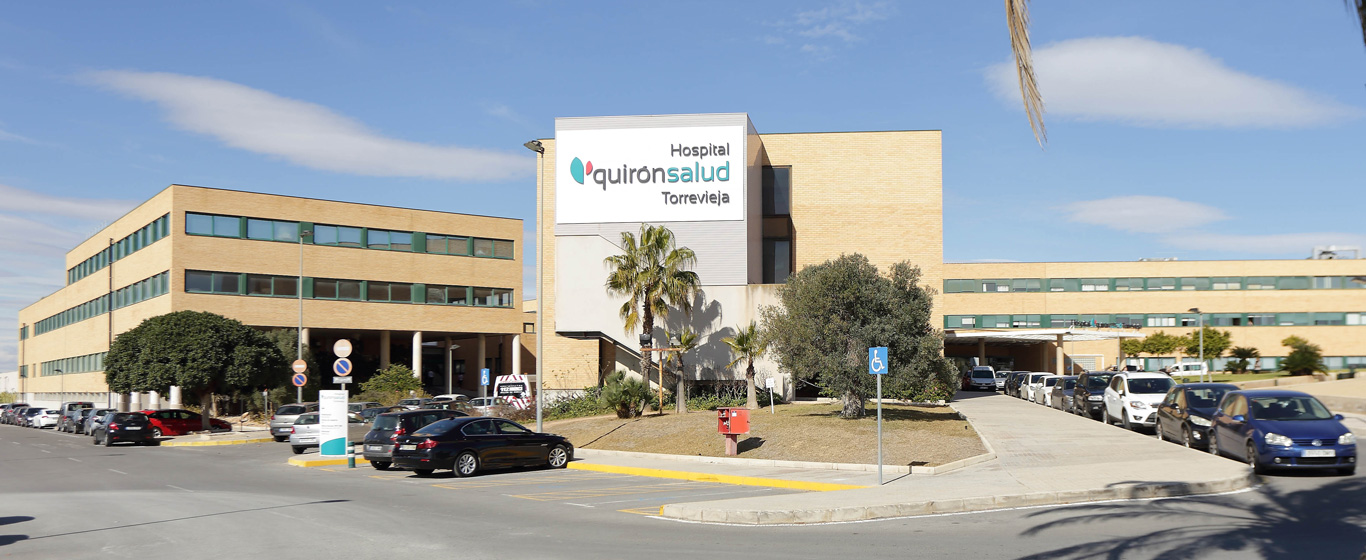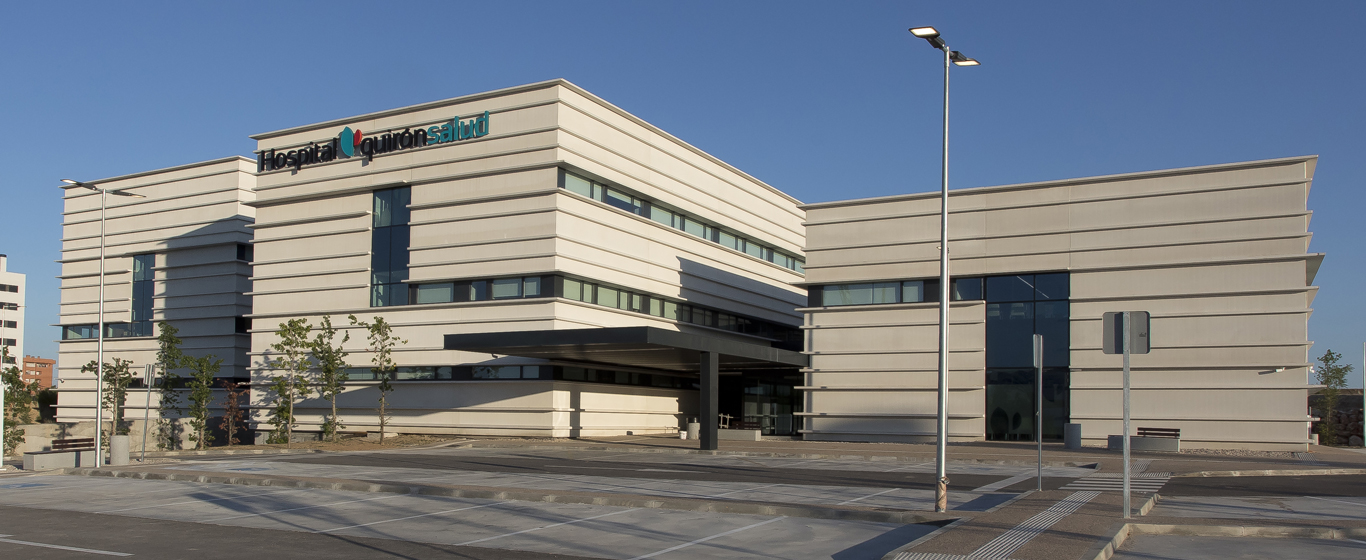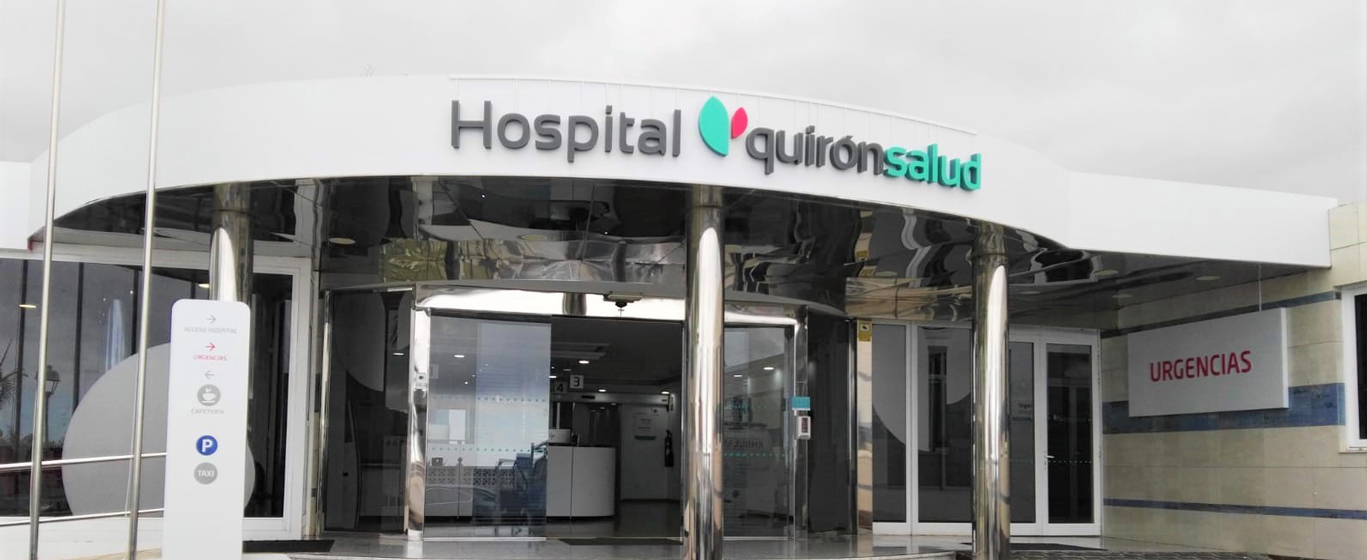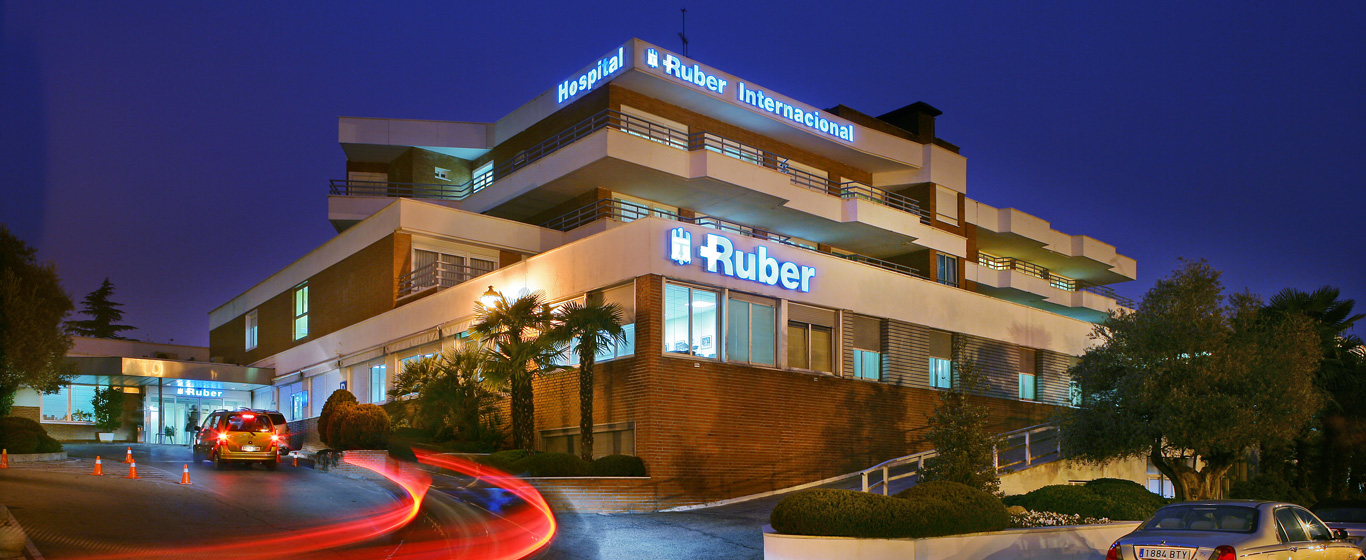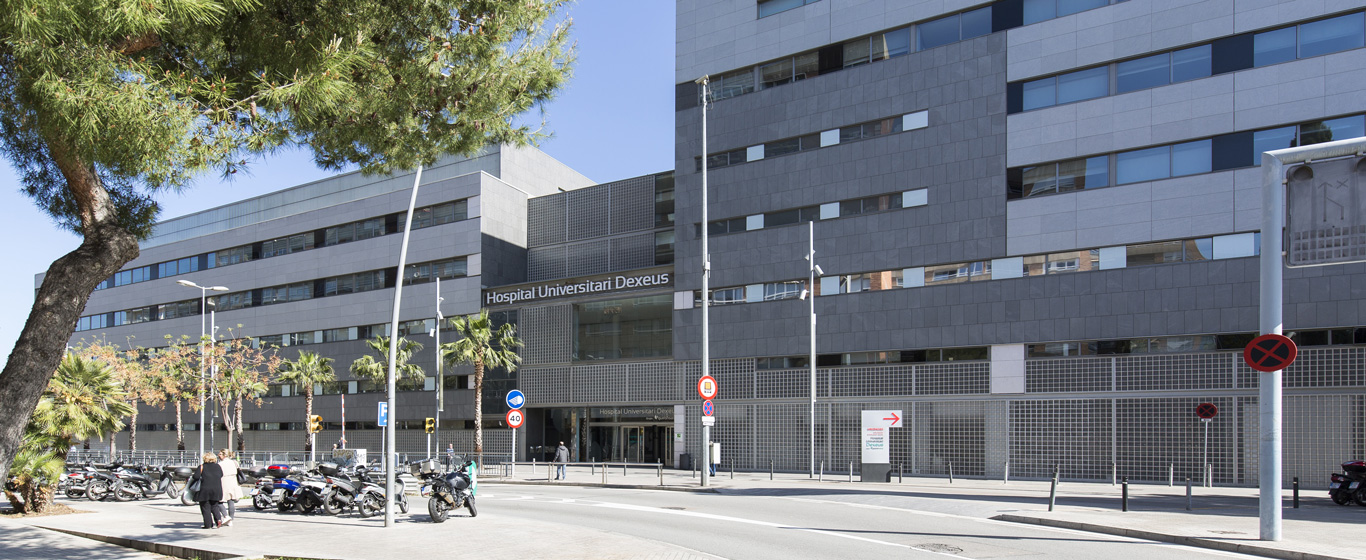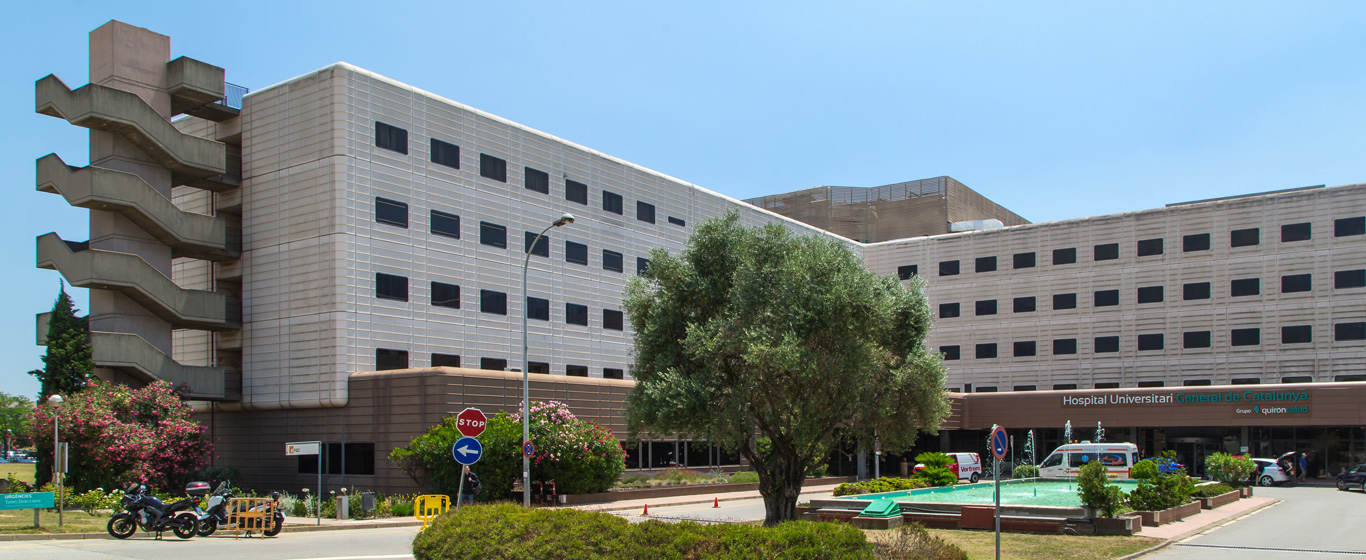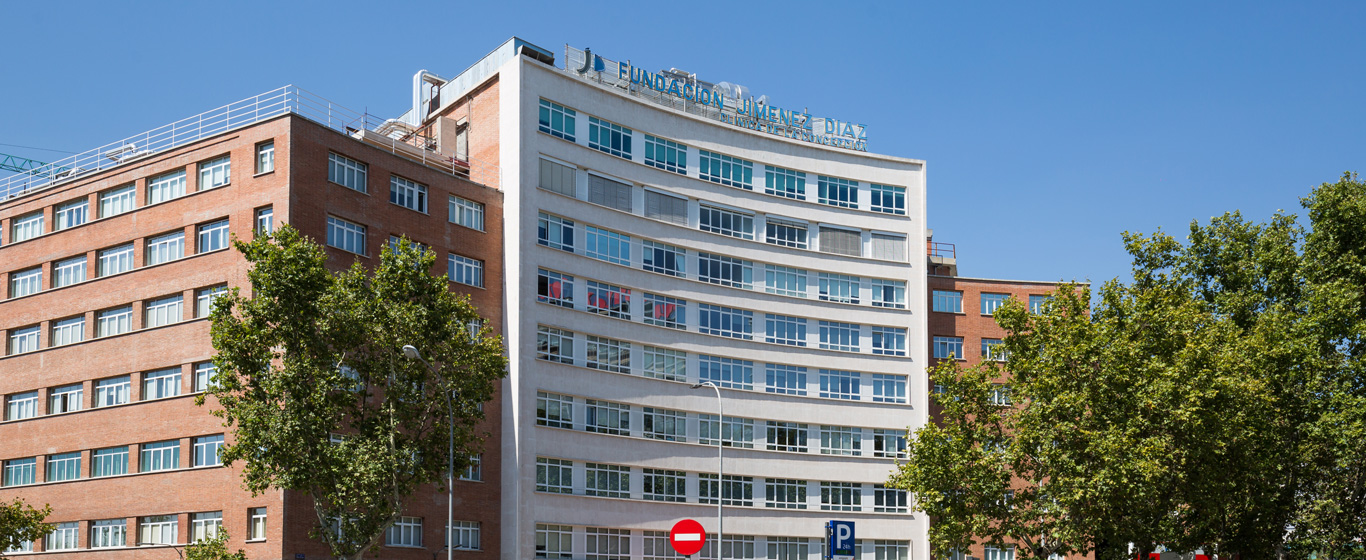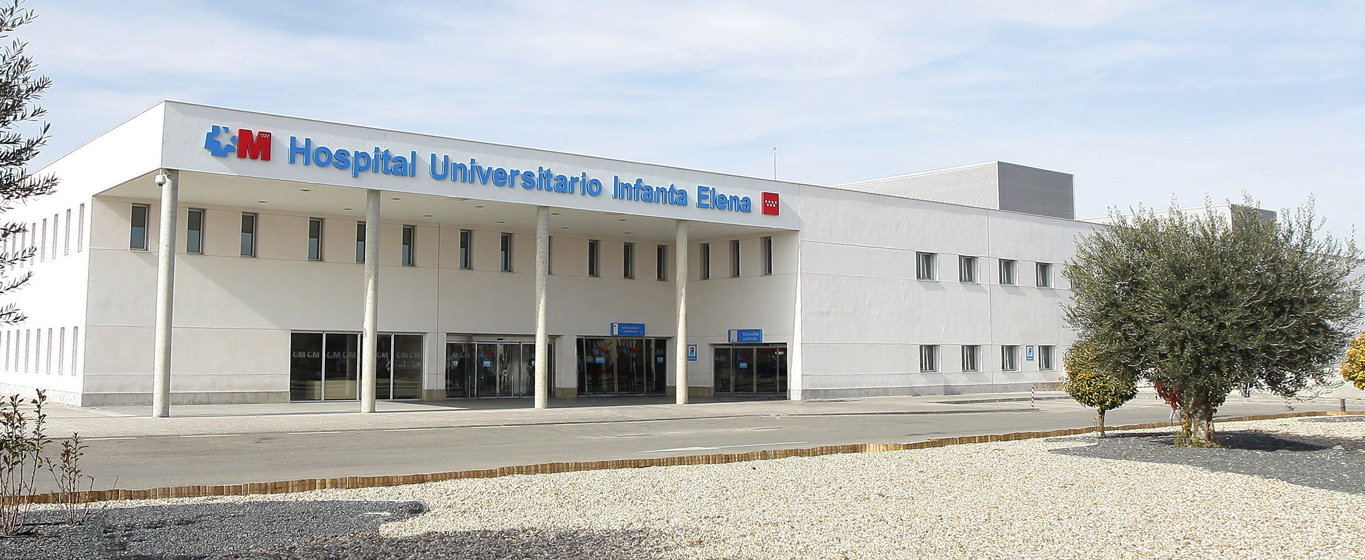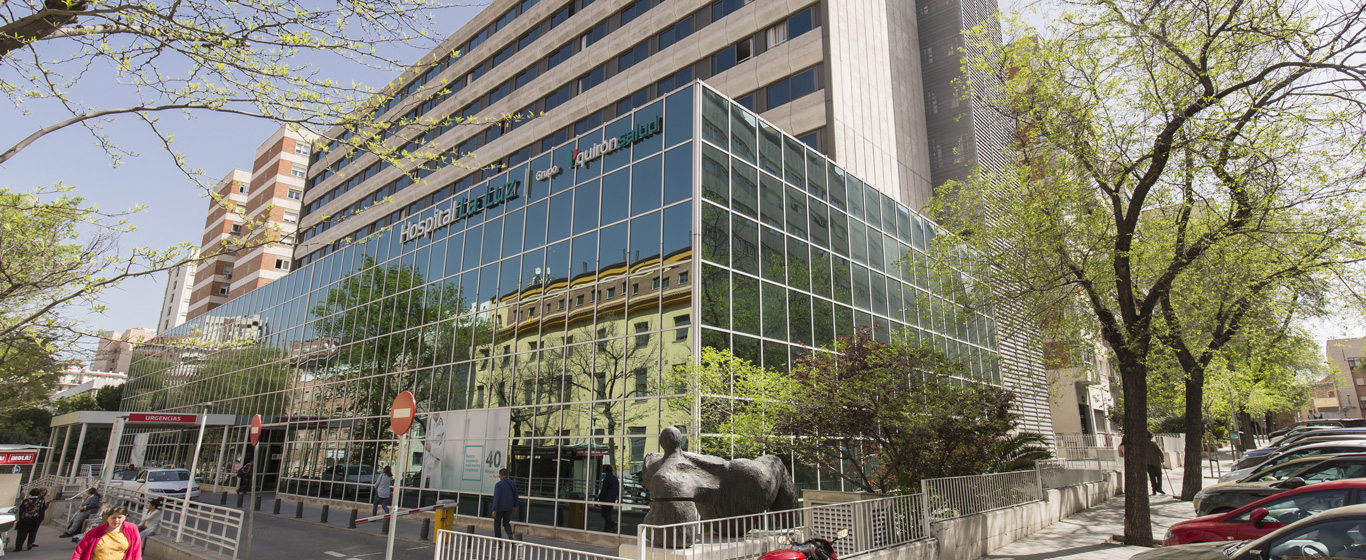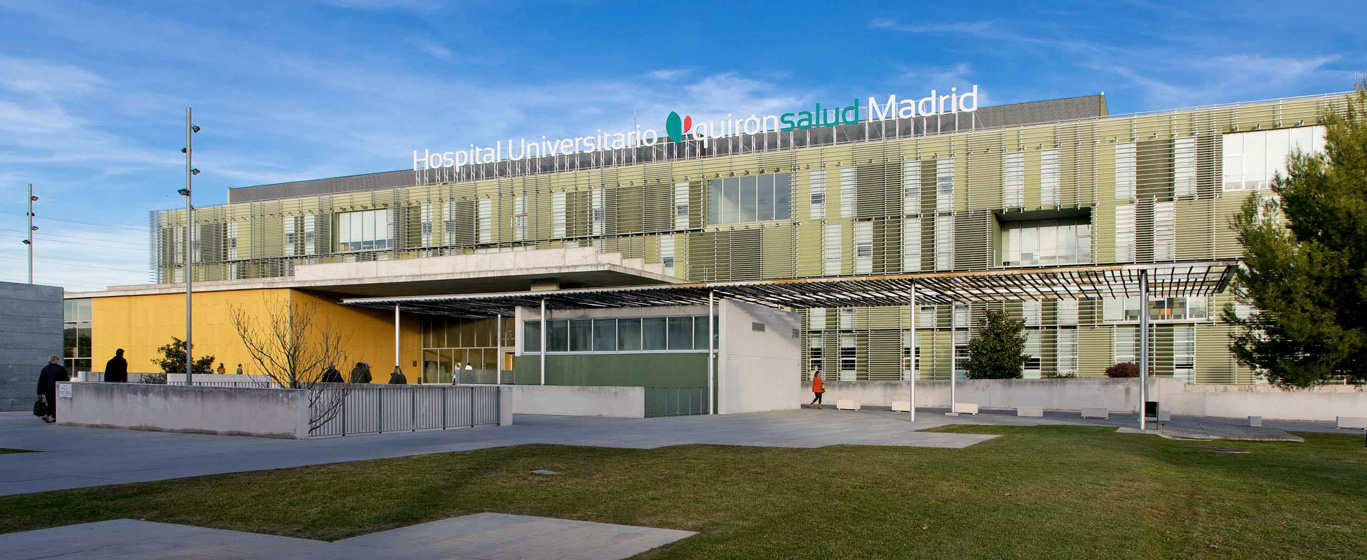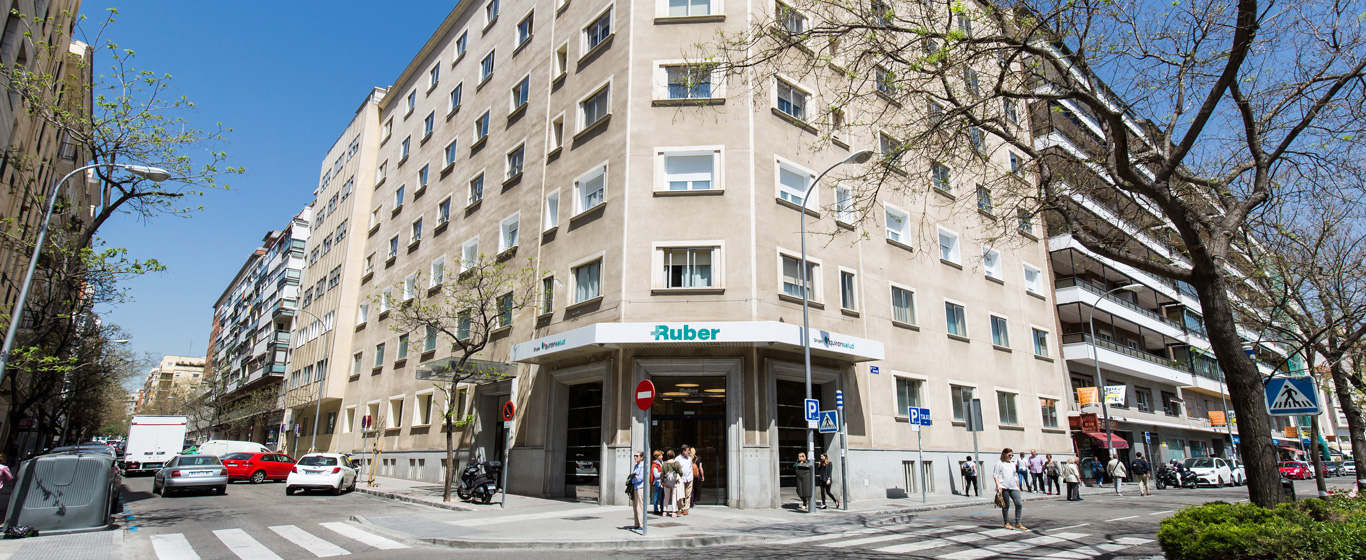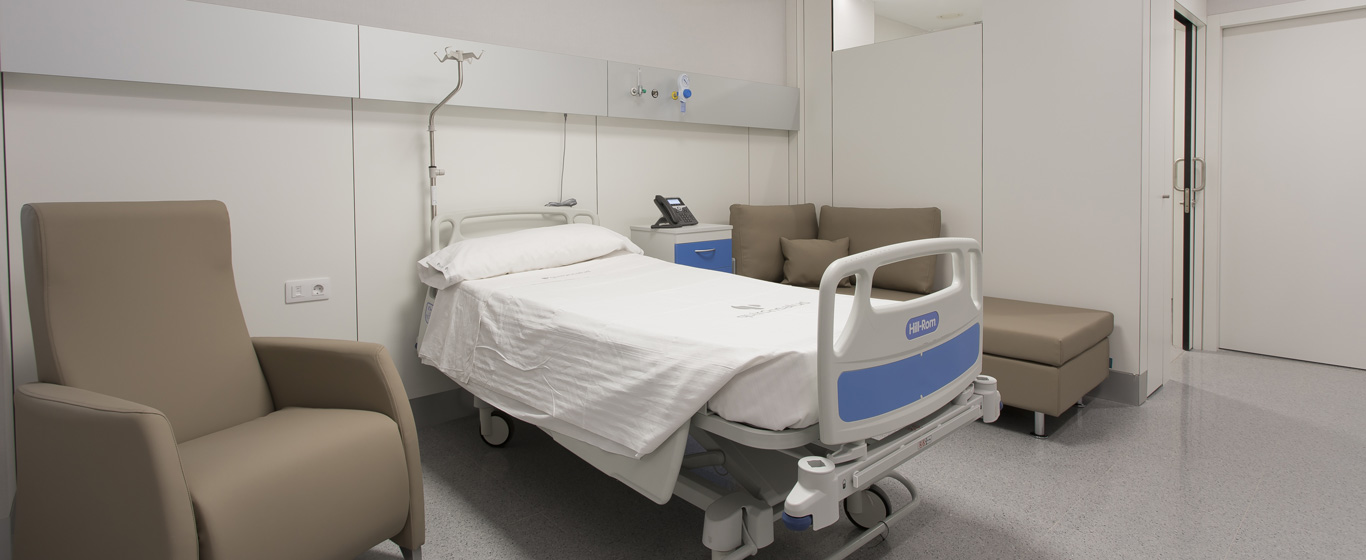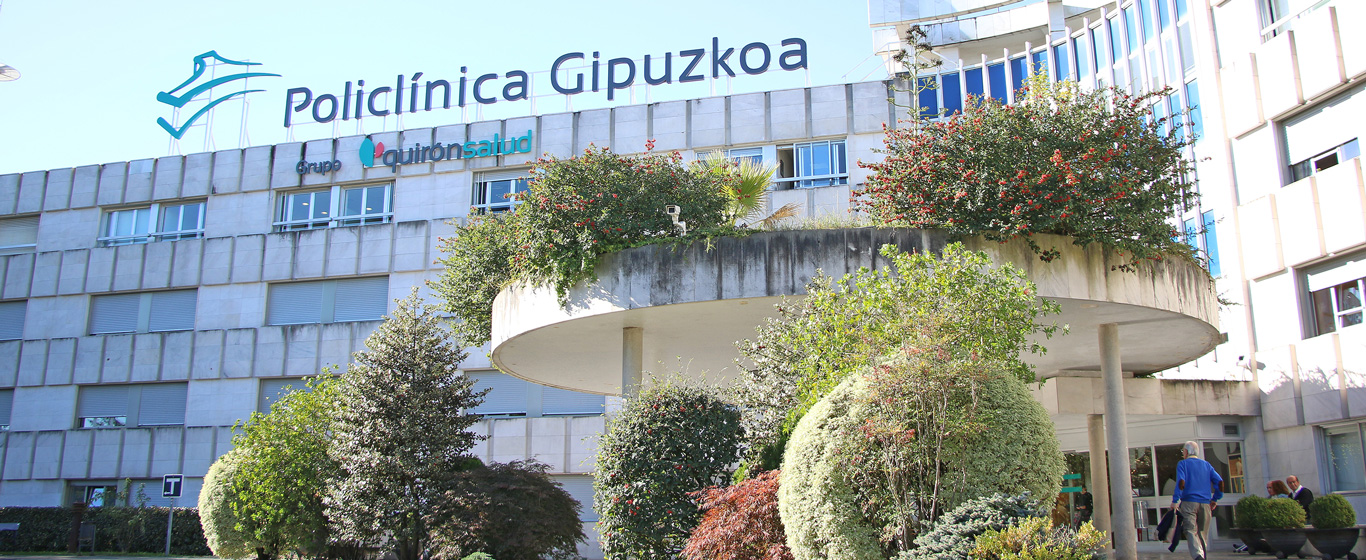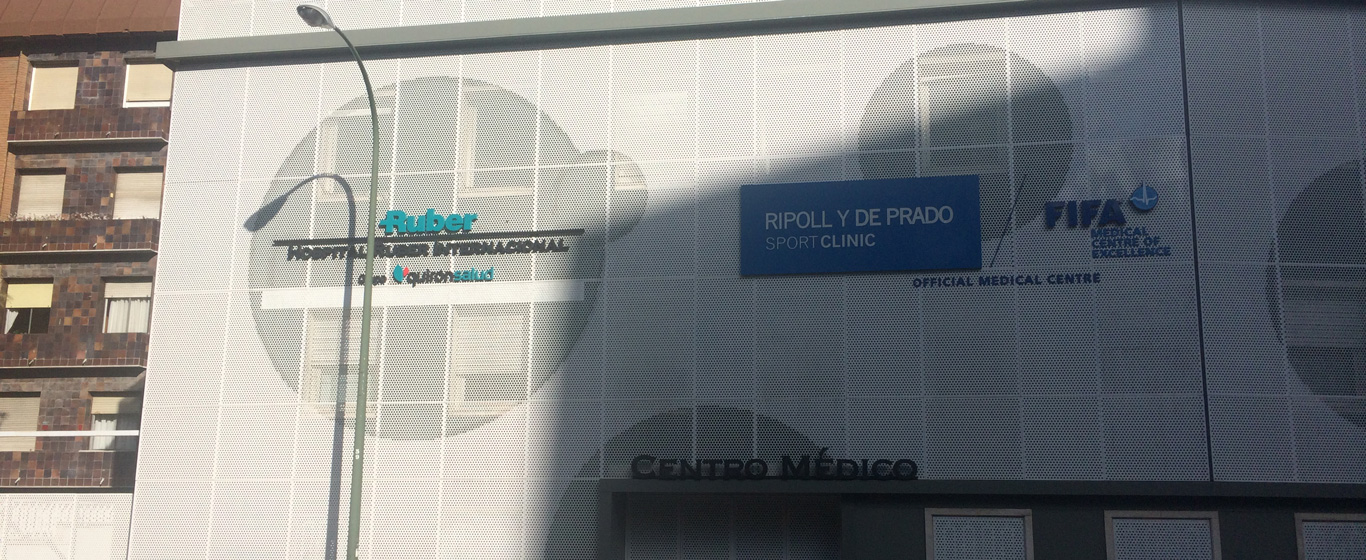Glaucoma
What is glaucoma? Everything about the causes and symptoms caused by high intraocular pressure and the most effective treatments to control it.
Symptoms and Causes
Glaucoma is an eye disease in which there is an alteration of the optic nerve (the nerve that connects the eyeball to the part of the brain responsible for vision), usually caused by an increase in intraocular pressure (IOP) above normal levels (greater than 21 mmHg). As a result, the visual field is reduced, and if the condition worsens, it can lead to complete vision loss.
There are different types of glaucoma, which are categorized into two main groups:
- Open-angle glaucoma: This is the most common type. It develops when the eye’s drainage canals (trabecular meshwork) become clogged, preventing proper fluid outflow. Consequently, internal eye pressure increases. It usually progresses slowly and gradually deteriorates vision over time.
- Pigmentary glaucoma: Pigments from the back of the iris detach, accumulate in the drainage channel, and cause blockage.
- Normal-tension glaucoma: The disease develops due to optic nerve damage, despite intraocular pressure remaining within normal limits.
- Exfoliative glaucoma: An excess of proteins or flakes that detach from certain parts of the eye accumulate in the trabecular meshwork, leading to fluctuations in intraocular pressure levels.
- Neovascular glaucoma: This is a severe and relatively common type. It occurs due to chronic retinal ischemia, which leads to the formation of new blood vessels to compensate for the lack of oxygen. In some cases, these vessels obstruct the aqueous humor drainage pathway.
- Congenital or infantile glaucoma: The eye’s drainage system is obstructed before birth, so babies are born with the disease.
- Childhood glaucoma: This is hereditary and manifests after the age of three.
- Closed-angle glaucoma: Also known as acute glaucoma, it is rare and occurs when intraocular pressure rises suddenly.
- Uveitic glaucoma: It is believed that eye inflammation (uveitis) damages the drainage canals, although the exact causes remain unclear.
- Traumatic glaucoma: Triggered by an eye injury, such as trauma. The increase in intraocular pressure can be immediate or develop over time.
Detecting glaucoma in its early stages is crucial to finding the right treatment to reduce symptoms and prevent blindness. Once vision loss occurs due to glaucoma, it cannot be reversed. Therefore, it is recommended to start glaucoma screening at age 40 or at 35 for individuals with risk factors.
Symptoms
Glaucoma is very difficult to detect until it reaches an advanced stage, as it usually does not present symptoms.
Although symptoms may vary depending on the type of glaucoma, some signs are common to all forms:
- Eye pain.
- Blurred vision.
- Tunnel vision.
- Halos around bright lights.
- Loss of visual acuity.
- Headache.
- Nausea or vomiting.
Causes
The primary cause of glaucoma is increased intraocular pressure, which is usually due to a deficiency in the drainage of the eye’s aqueous humor.
In cases of secondary glaucoma, it develops as a consequence of another condition, such as inflammation, infection, or the presence of cataracts in the eye.
Risk Factors
Some factors that increase the risk of developing glaucoma include a family history of the disease, age over 50, high myopia, diabetes, early-onset presbyopia, and eye trauma.
Complications
Untreated glaucoma can lead to vision loss and even blindness.
Prevention
Although glaucoma cannot be prevented, severe complications can be avoided, and mild symptoms can be reduced if detected early. Therefore, biannual eye exams starting at age 40 and annual exams after age 55 are essential.
Which doctor treats glaucoma?
Ophthalmologists are the specialists who treat increased intraocular pressure and glaucoma.
Diagnosis
During a consultation, the specialist analyzes symptoms and family history. In addition, diagnostic tests such as the following are performed:
- Tonometry: Measures intraocular pressure.
- Gonioscopy: Examines the drainage angle (formed by the iris and cornea).
- Perimetry: Determines the patient’s visual field.
- Pachymetry: Measures corneal thickness.
- Ophthalmoscopy with pupil dilation: Assesses the condition of the optic nerve.
Treatment
Topical medication is the most commonly used treatment for glaucoma, as it is convenient and effective. Typically, eye drops containing drugs that reduce aqueous humor production, facilitate fluid flow, or increase drainage are prescribed.
When medication does not achieve the desired results, glaucoma surgery is performed. It can be of different types:
- Trabeculoplasty: Uses laser technology to increase fluid outflow.
- Trabeculectomy: Creates a new drainage opening for aqueous humor.






